Kolsa is a largely unexplored zone by most Tiger tourists, but we managed to uncover some gems - the cubs of the ‘Kuwani’ Tigress
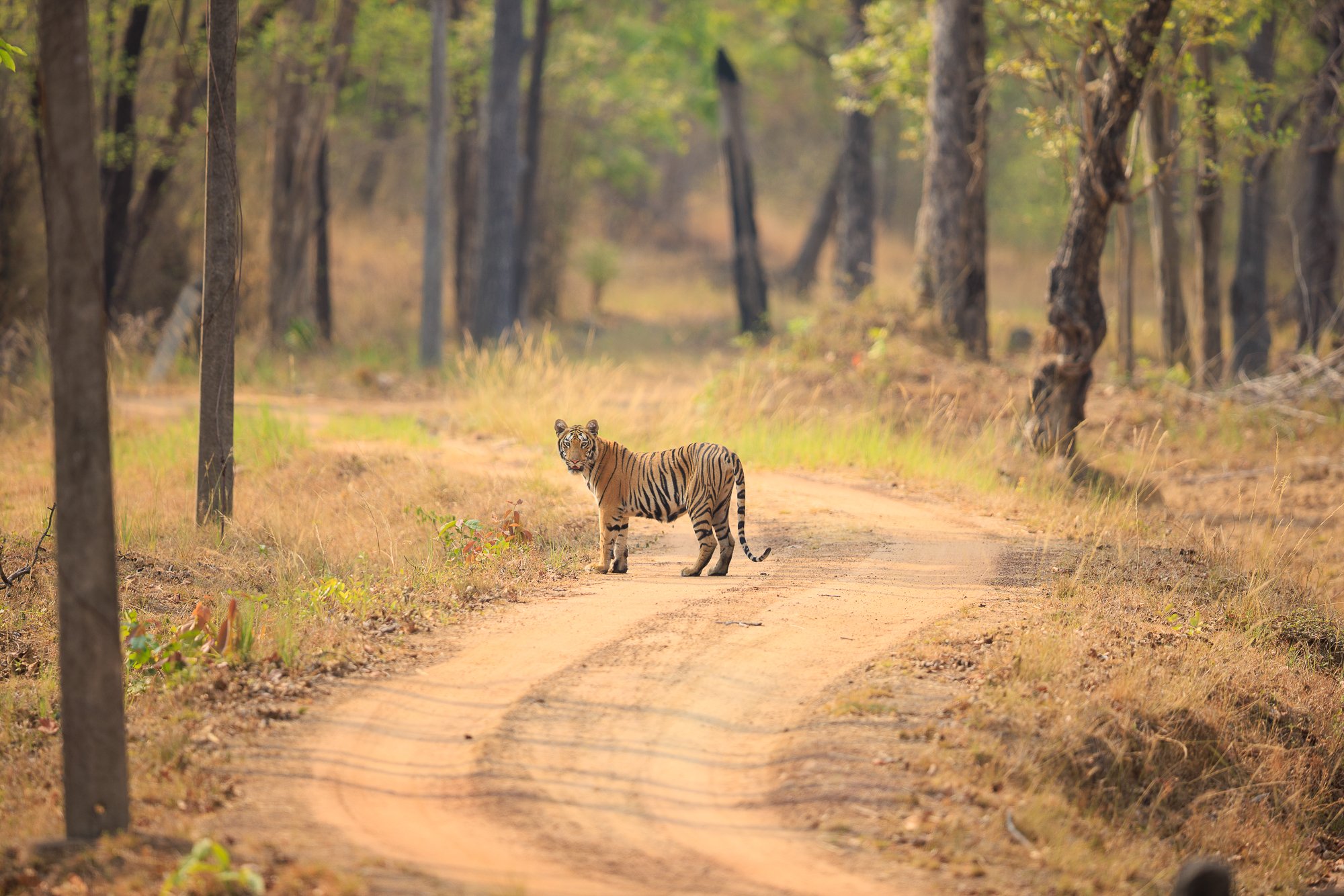
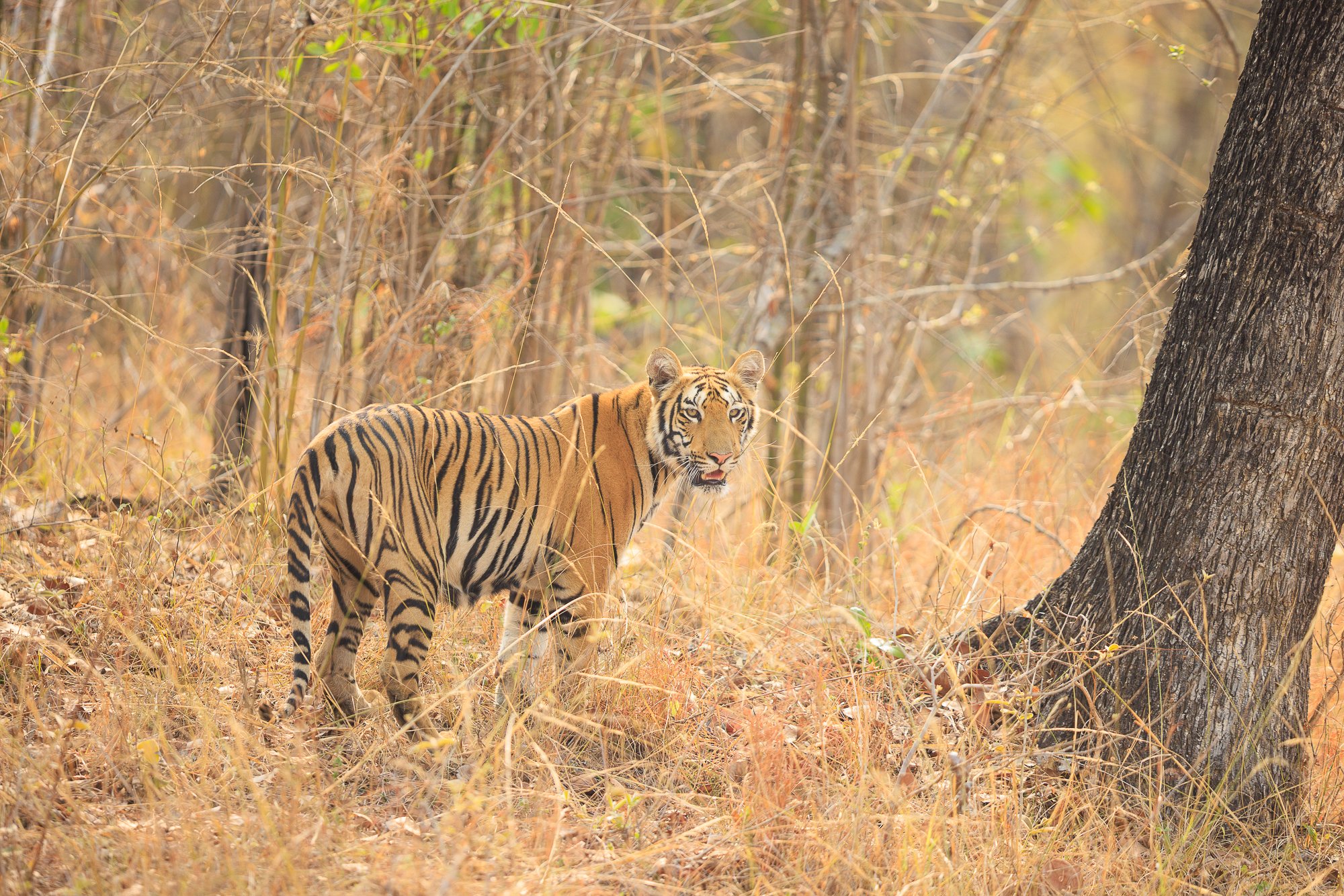
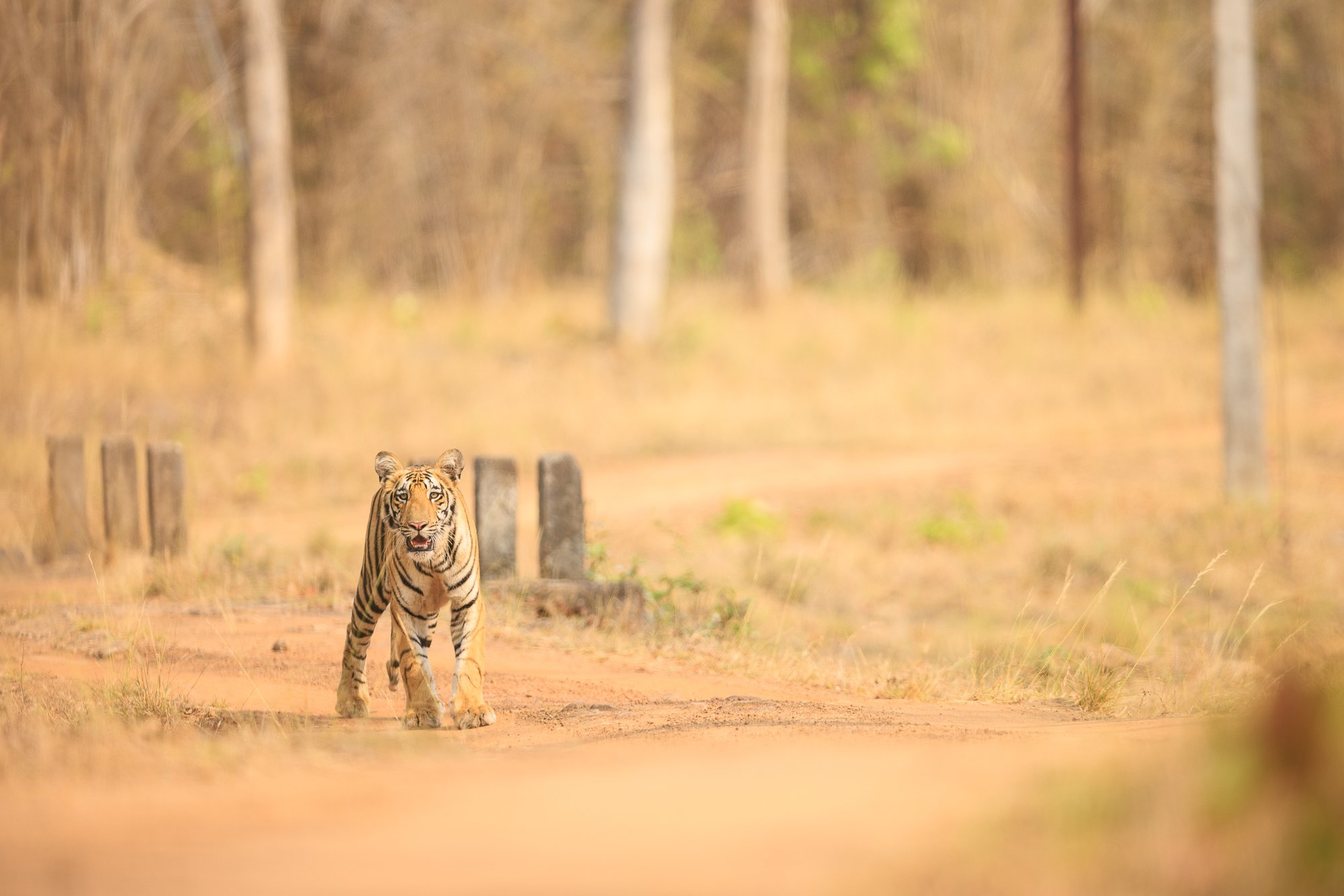
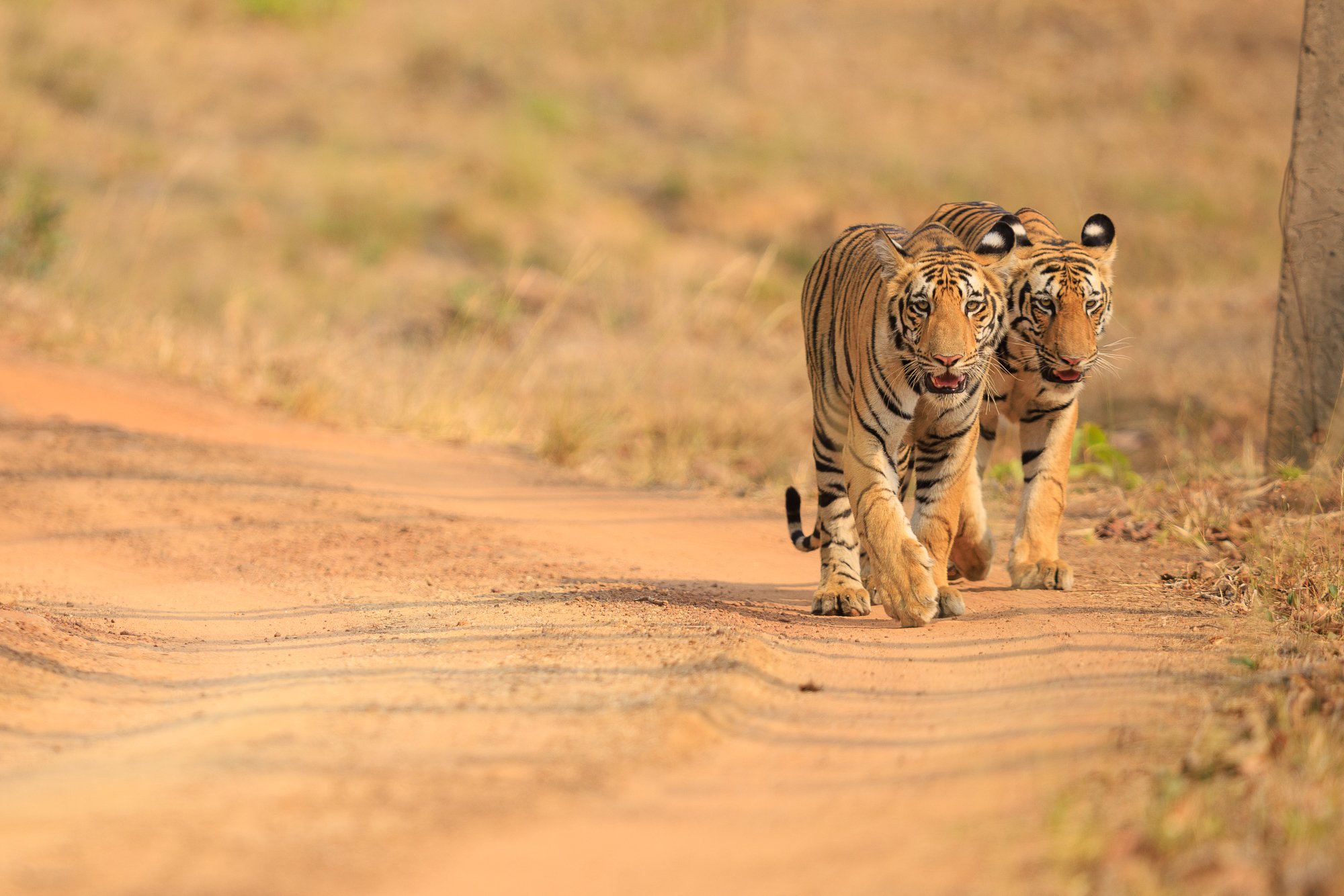
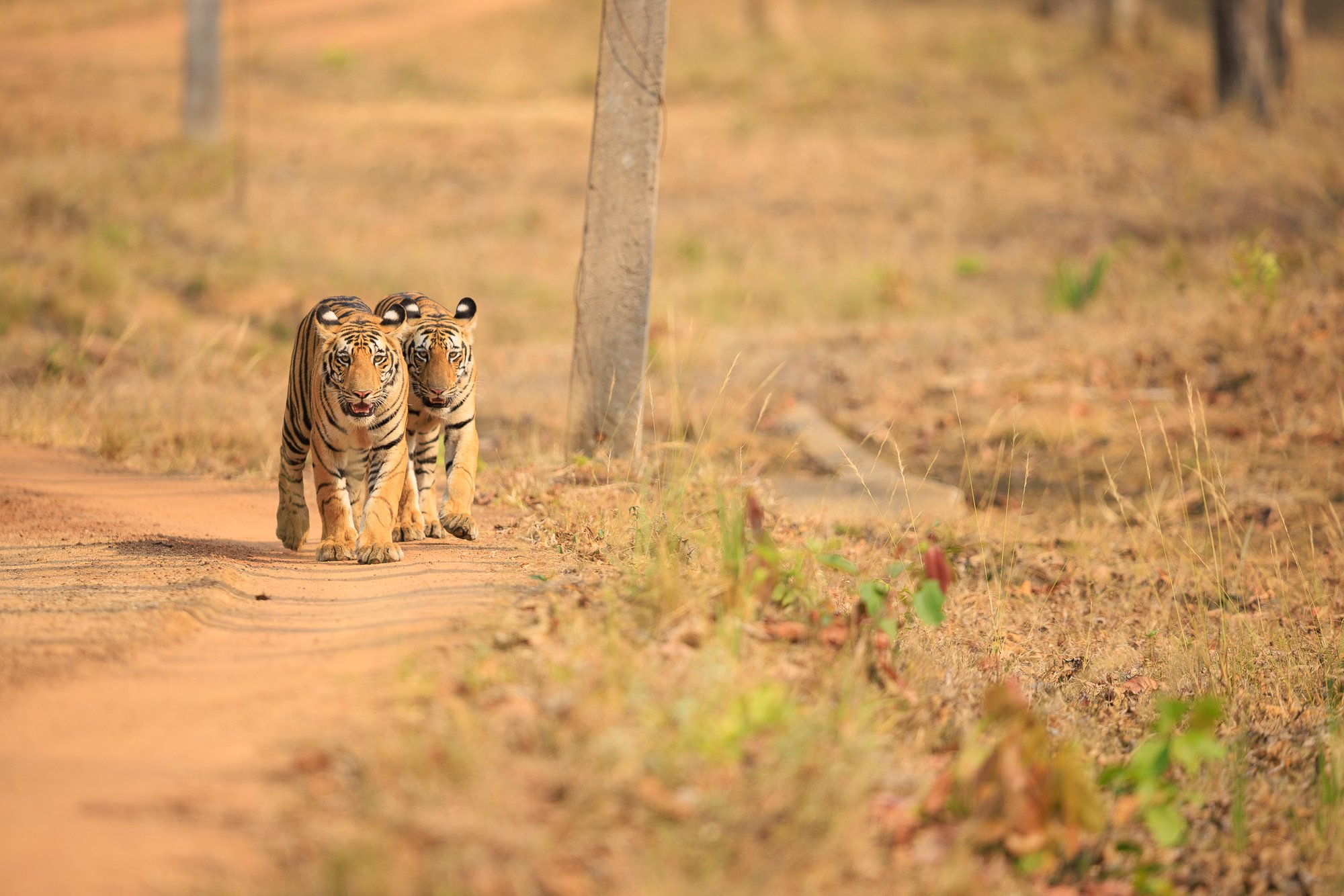
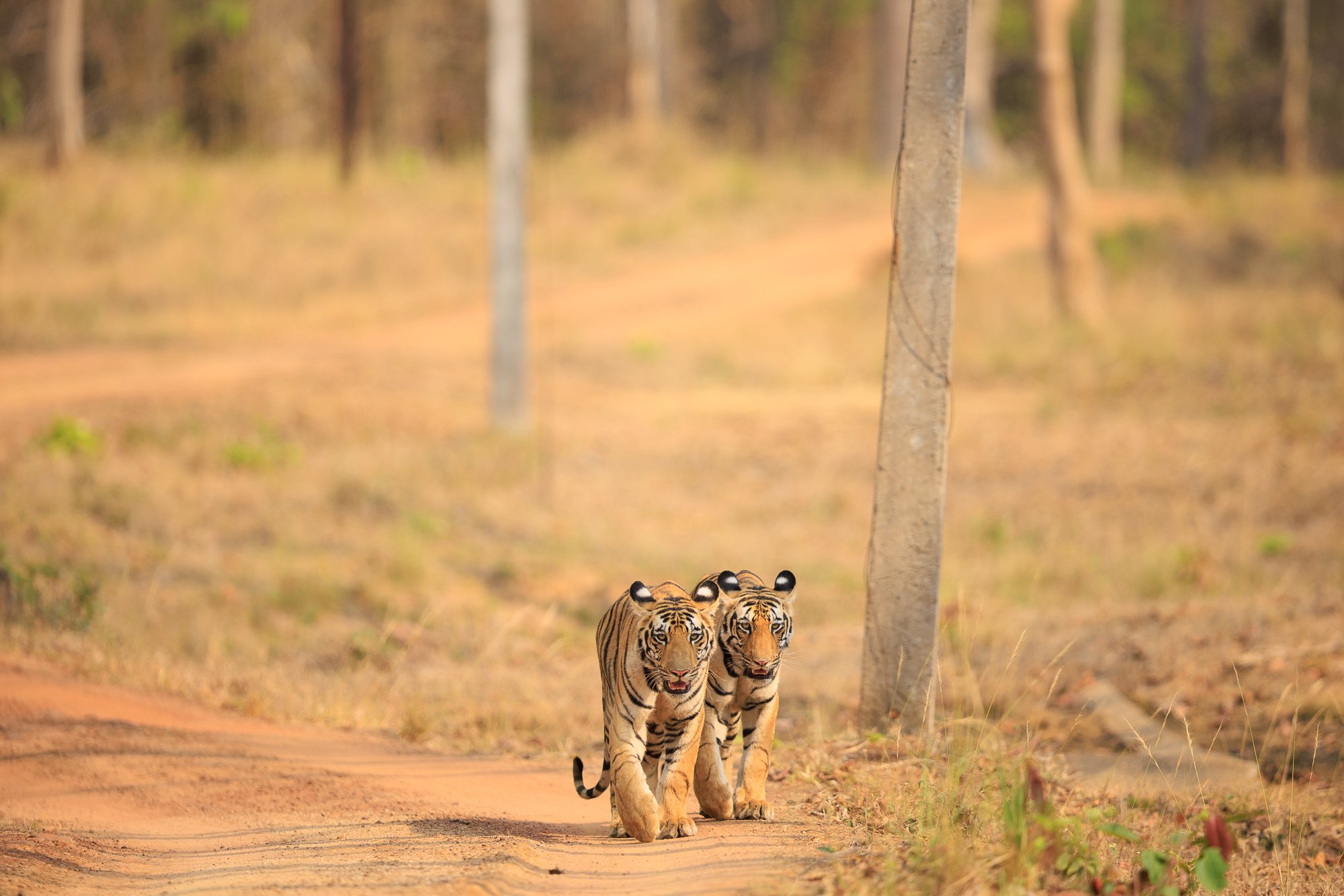
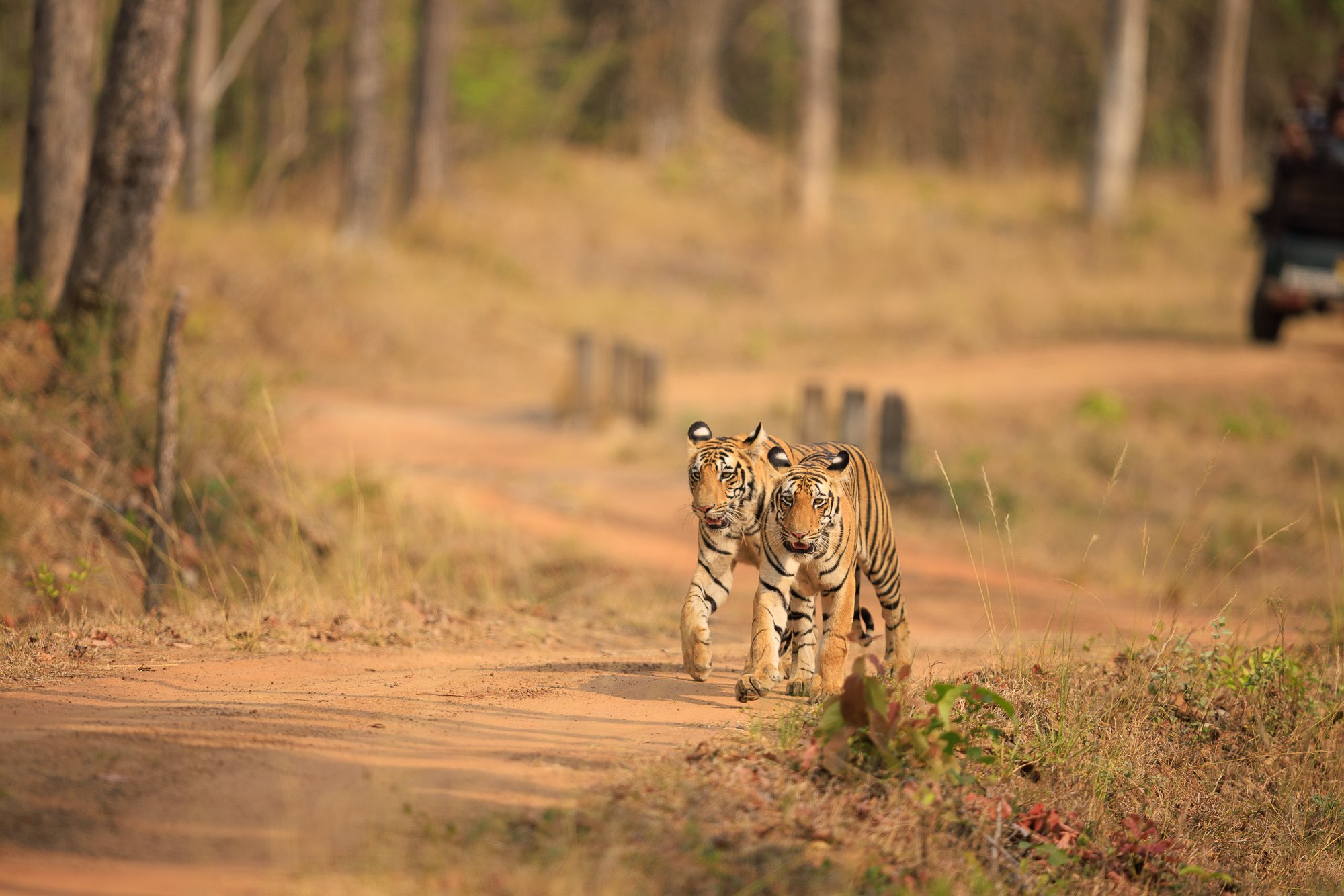

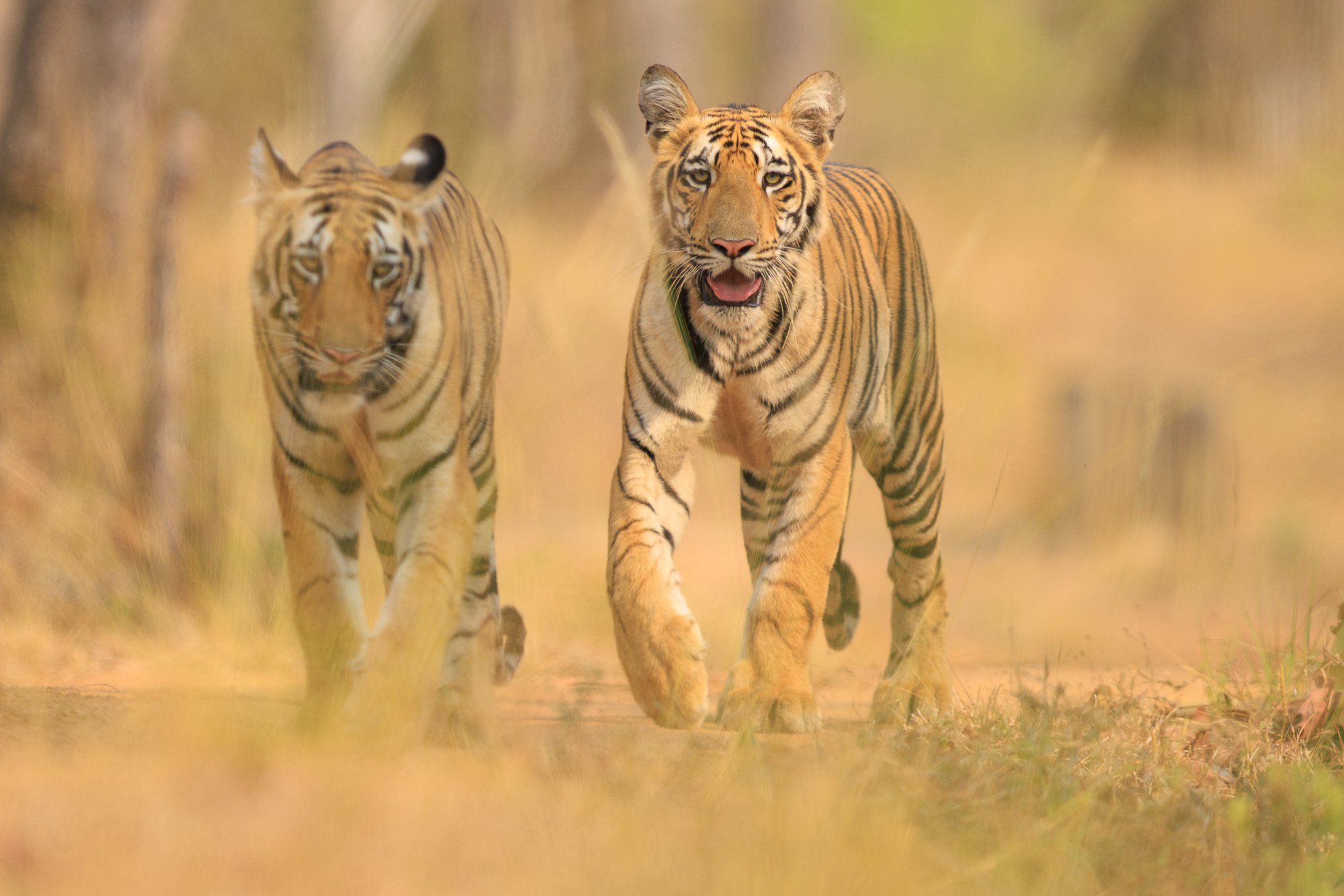

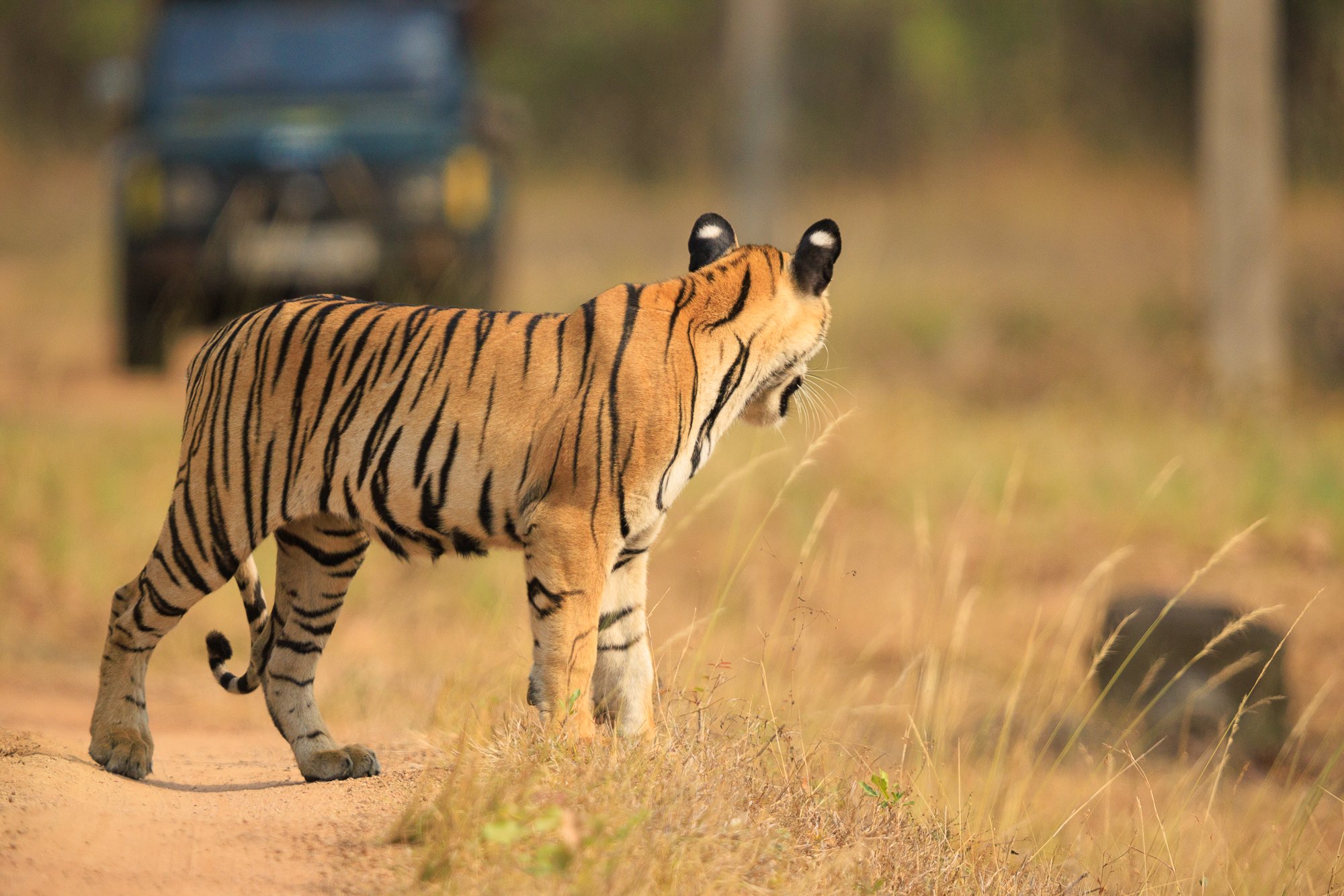
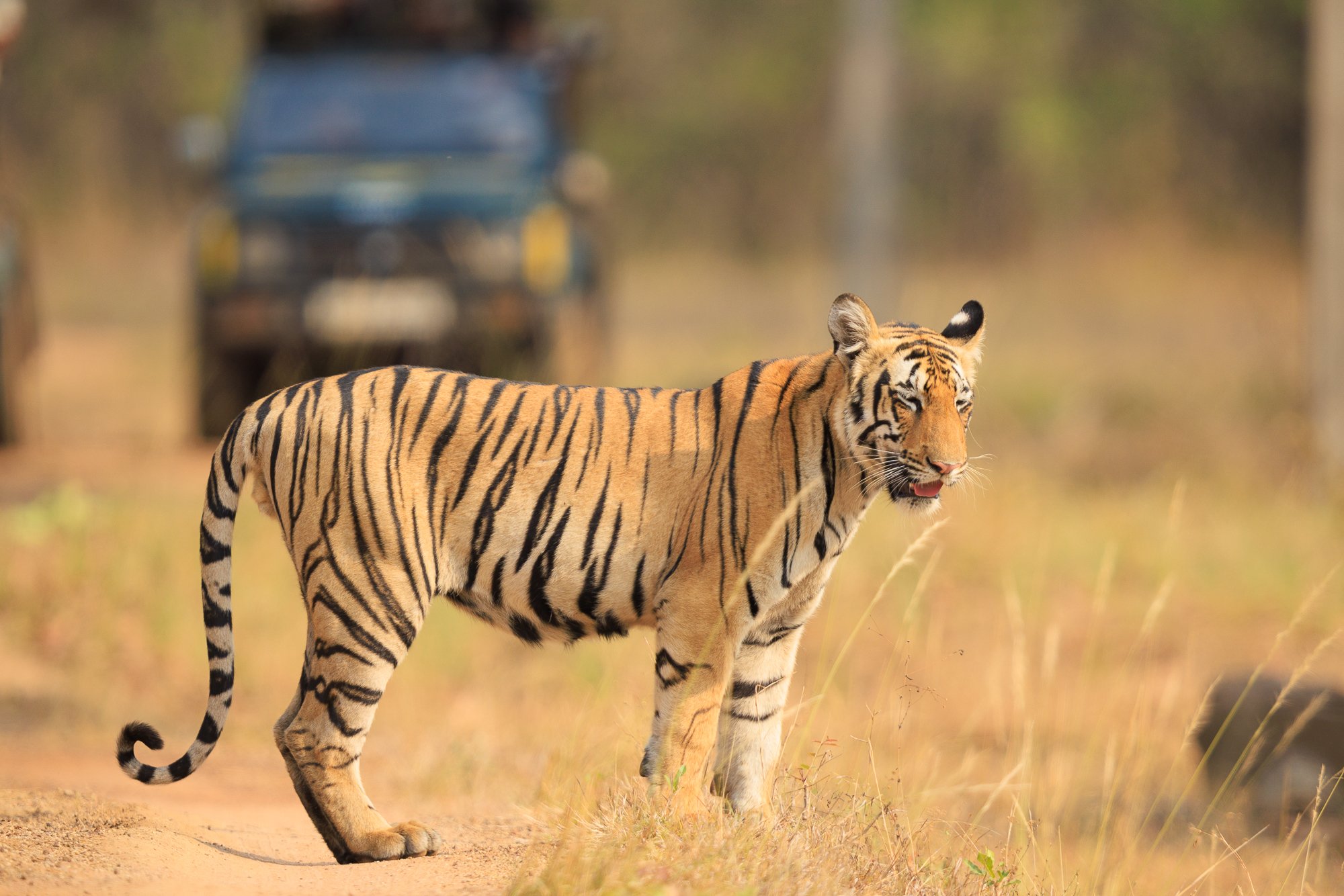
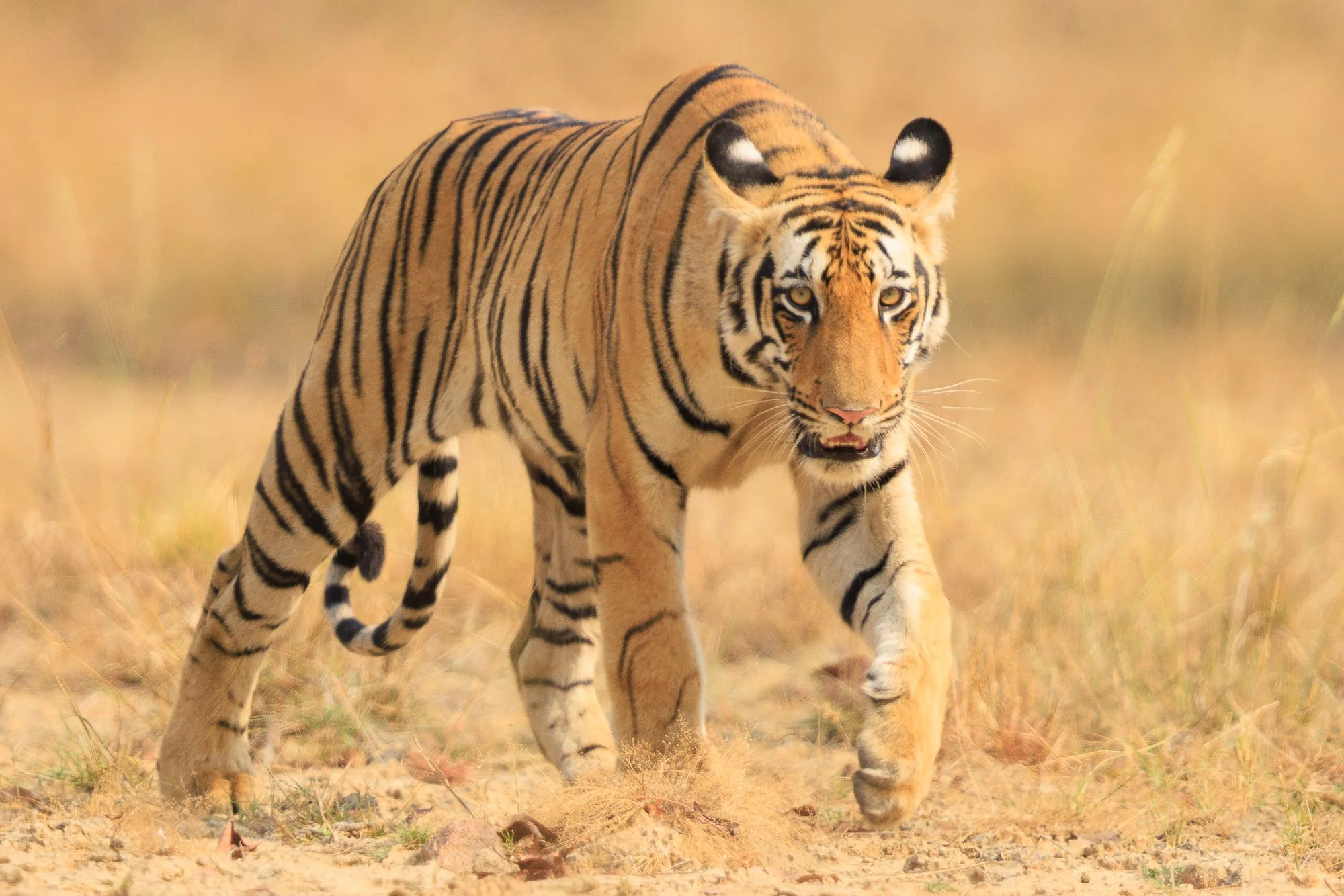
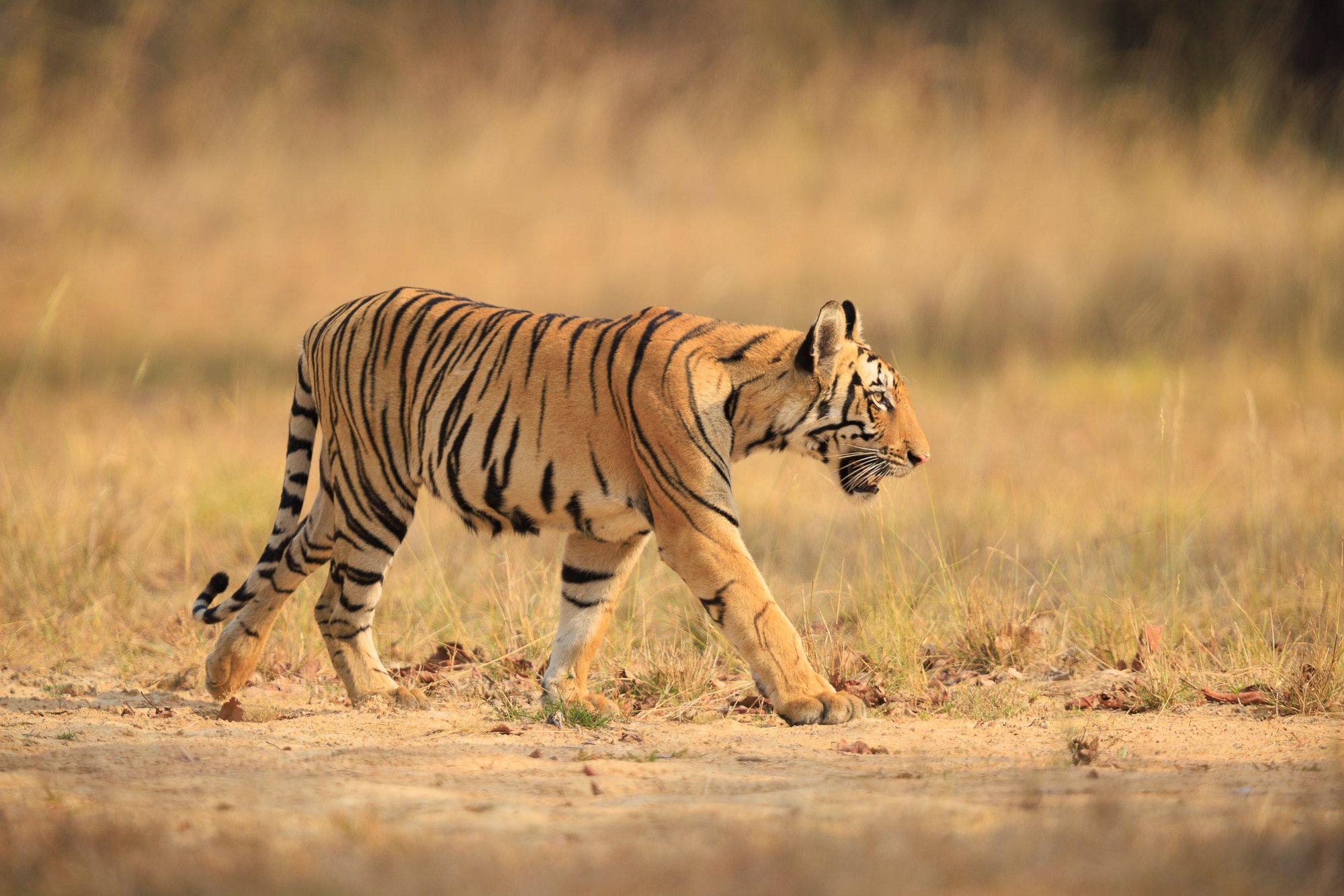


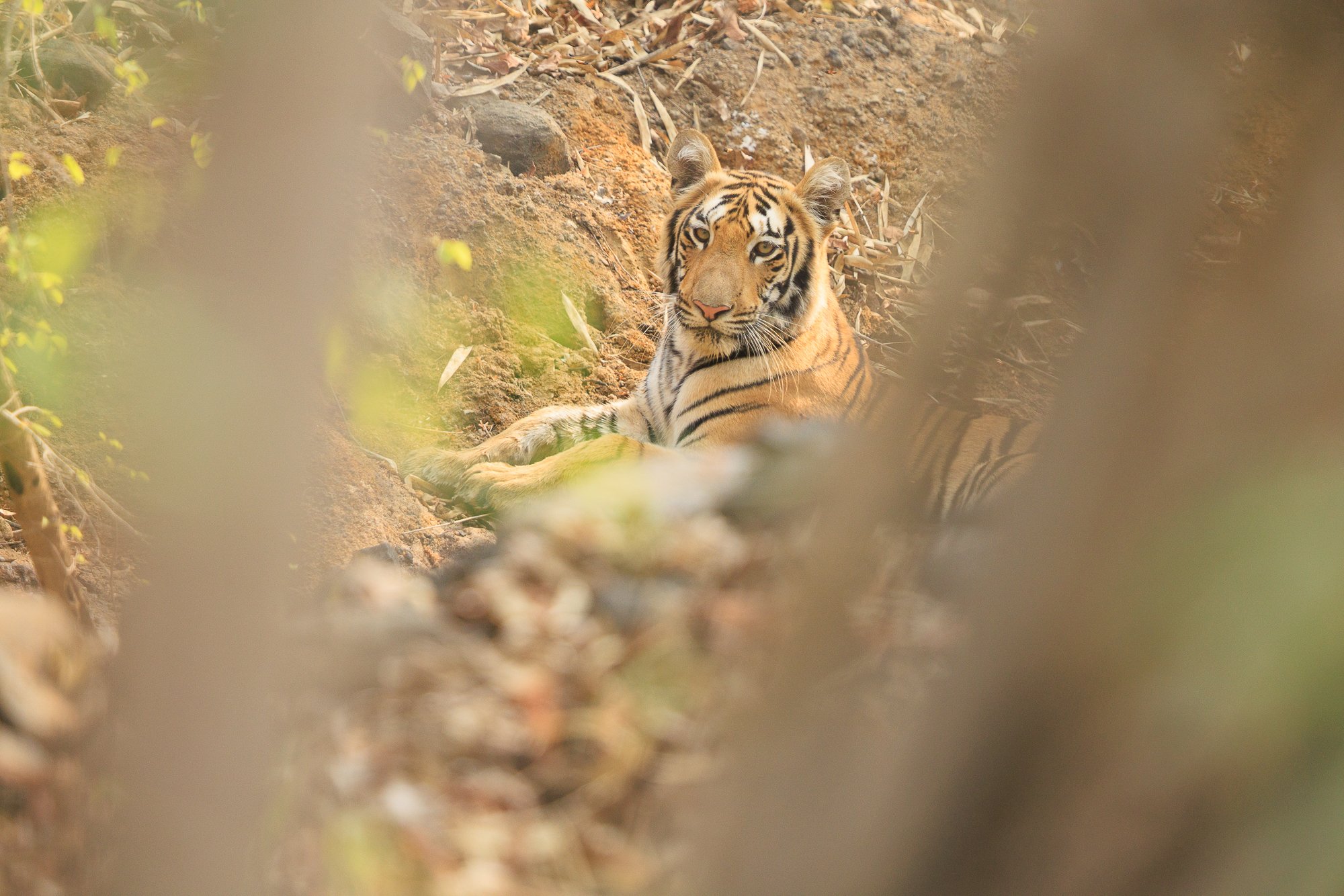

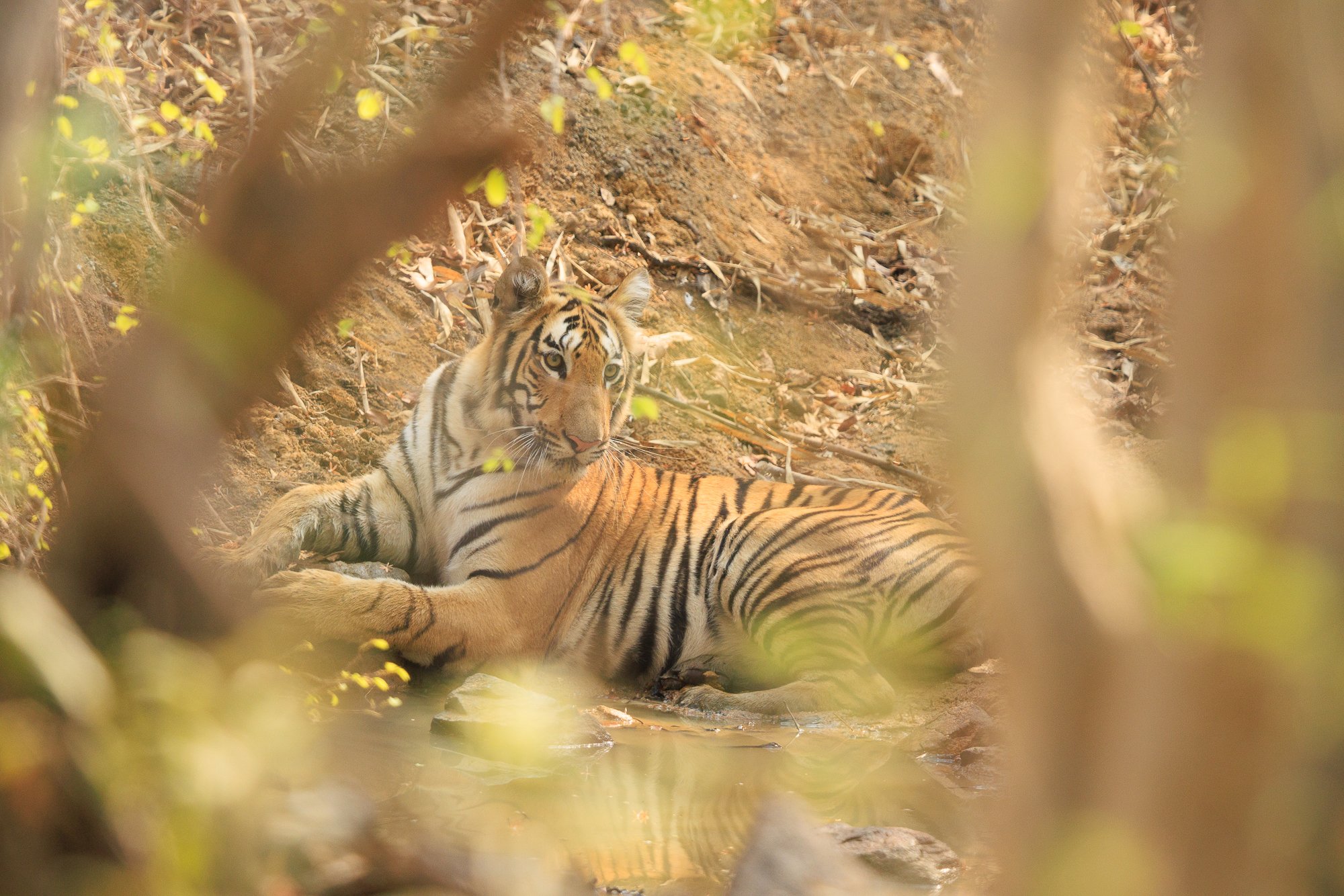
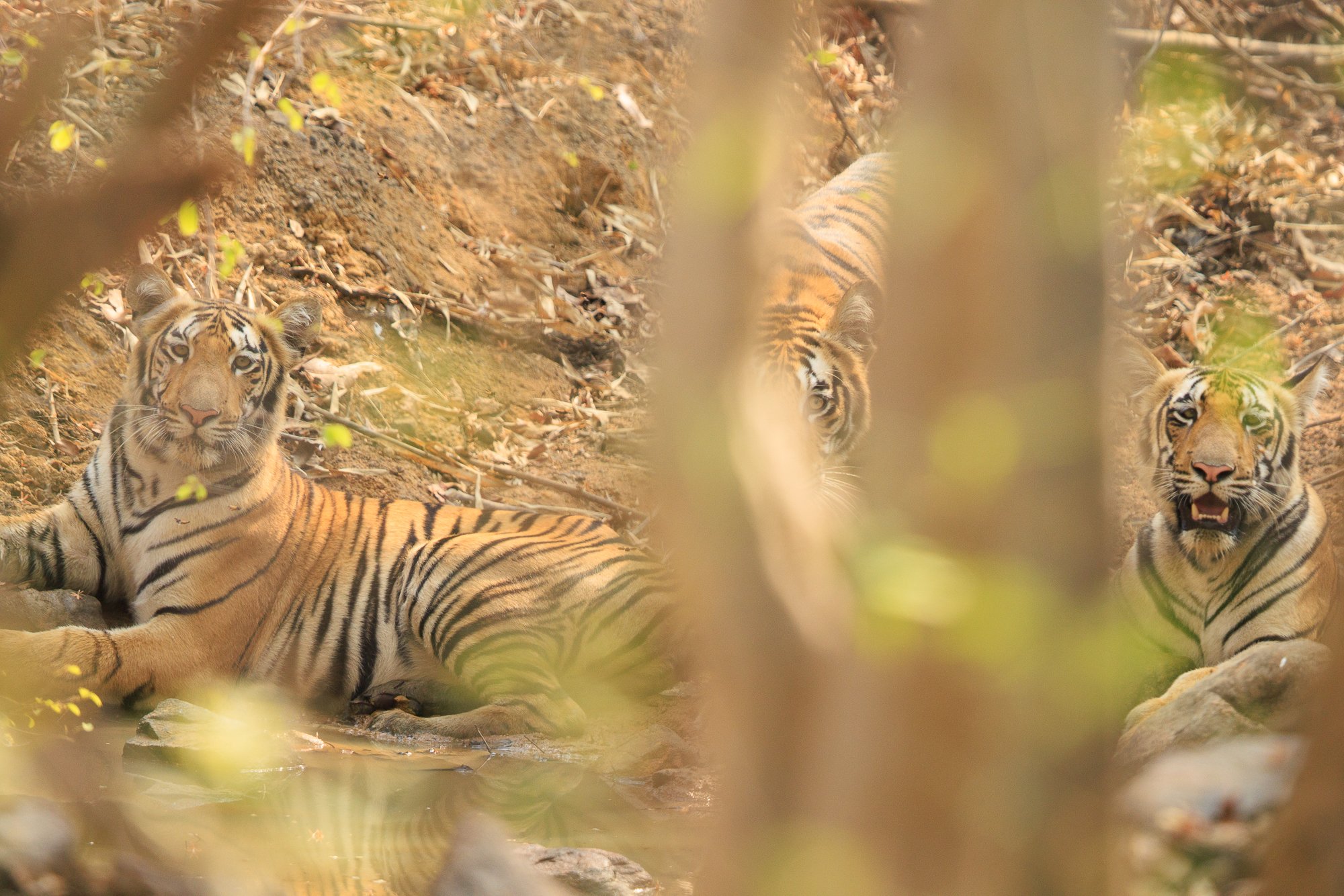
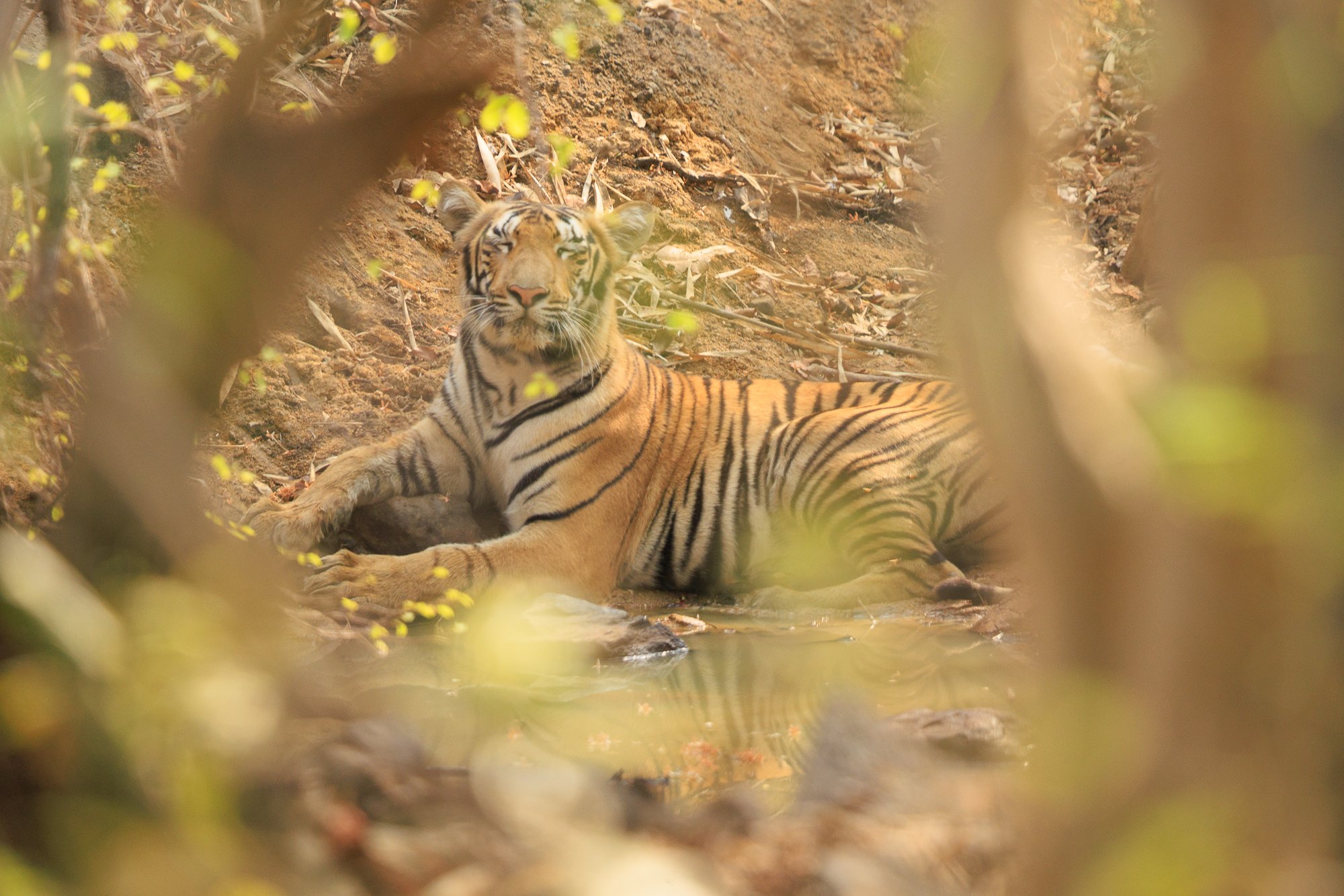
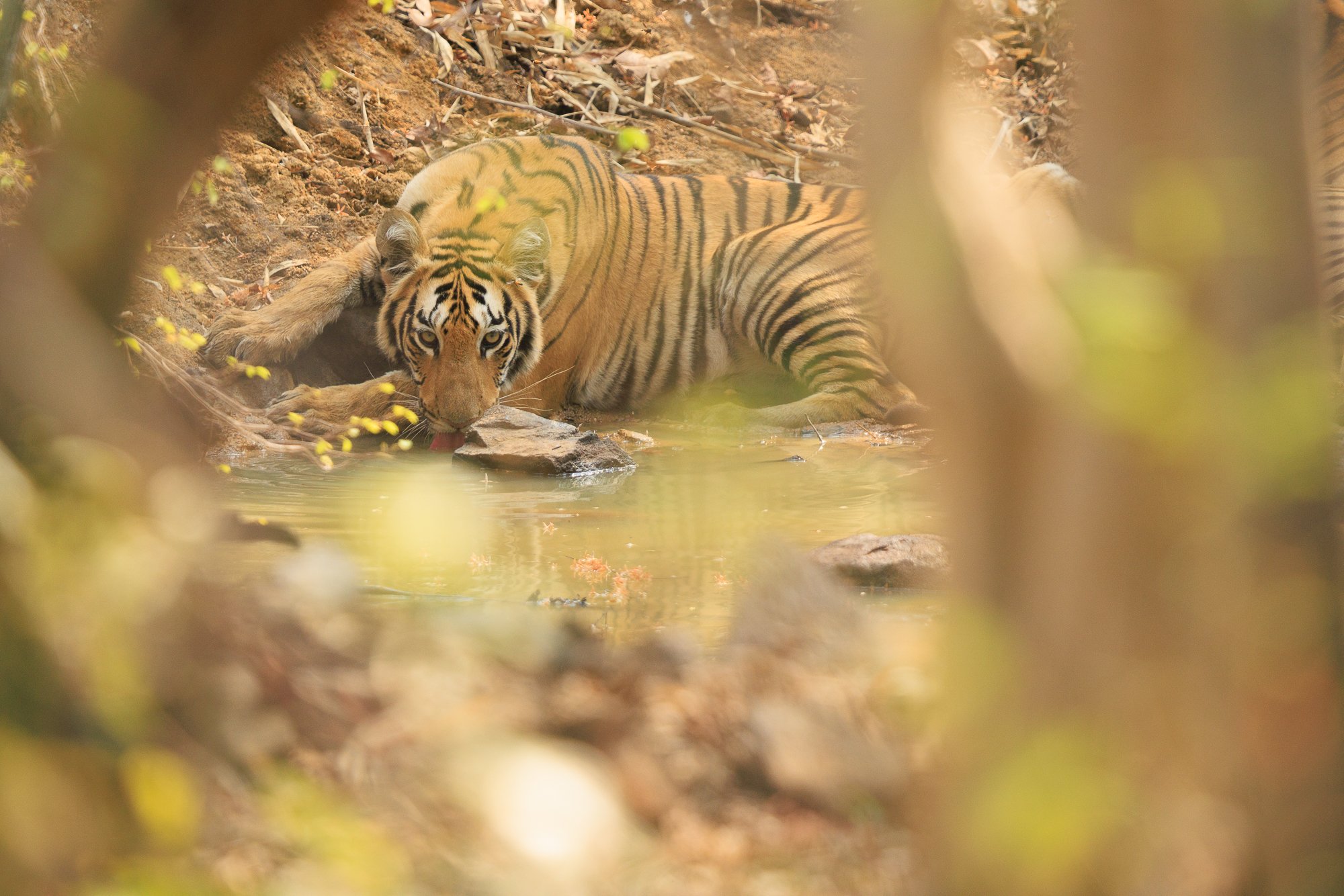
Your Custom Text Here
Kolsa is a largely unexplored zone by most Tiger tourists, but we managed to uncover some gems - the cubs of the ‘Kuwani’ Tigress
We found the male Tiger known as Balram cooling off in the middle of the day
A beautiful morning driving around the meadows and finding several Tigers
We were fortunate to witness a wild Tigress named ‘Choti Tara’ stalk a Chital Stag
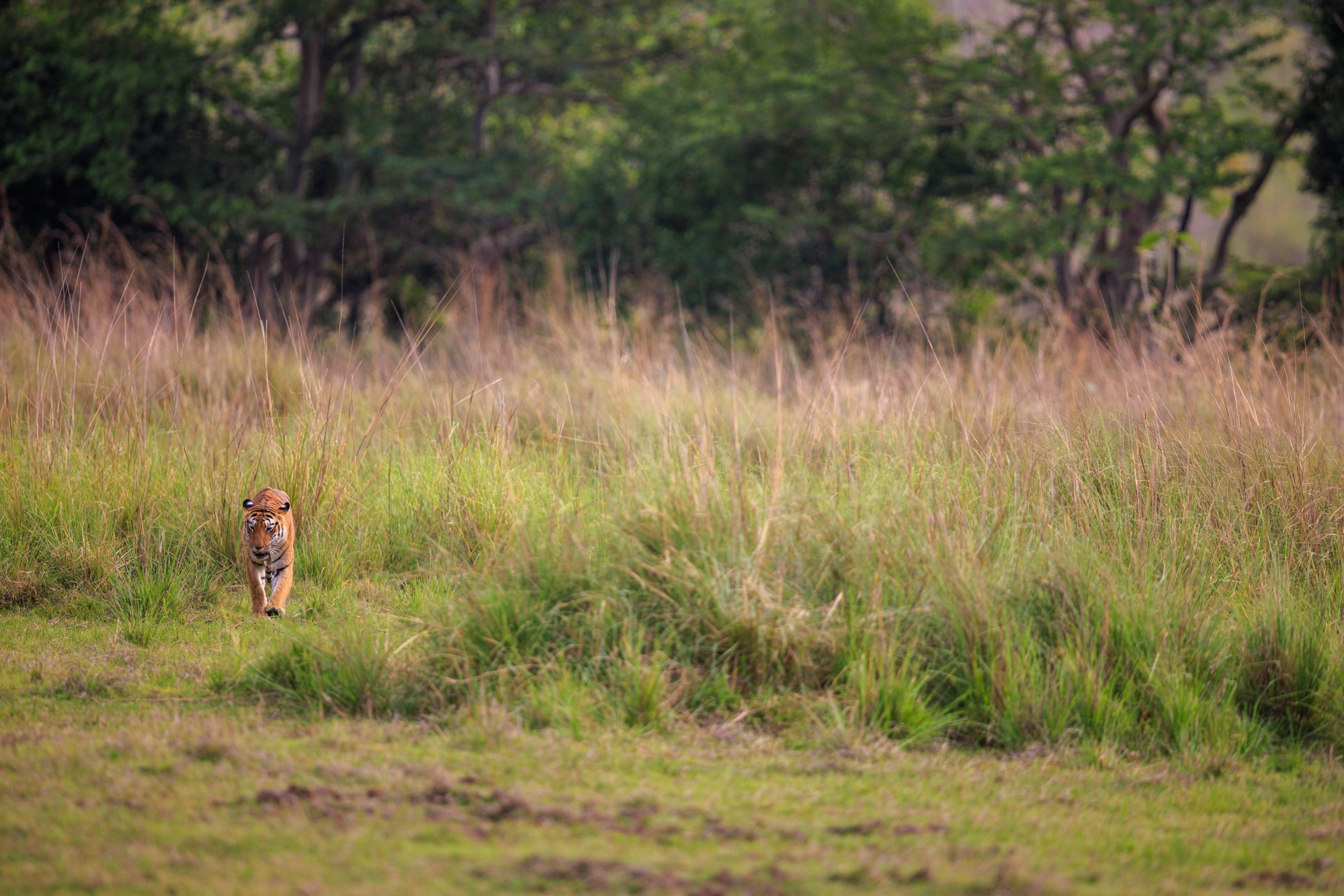
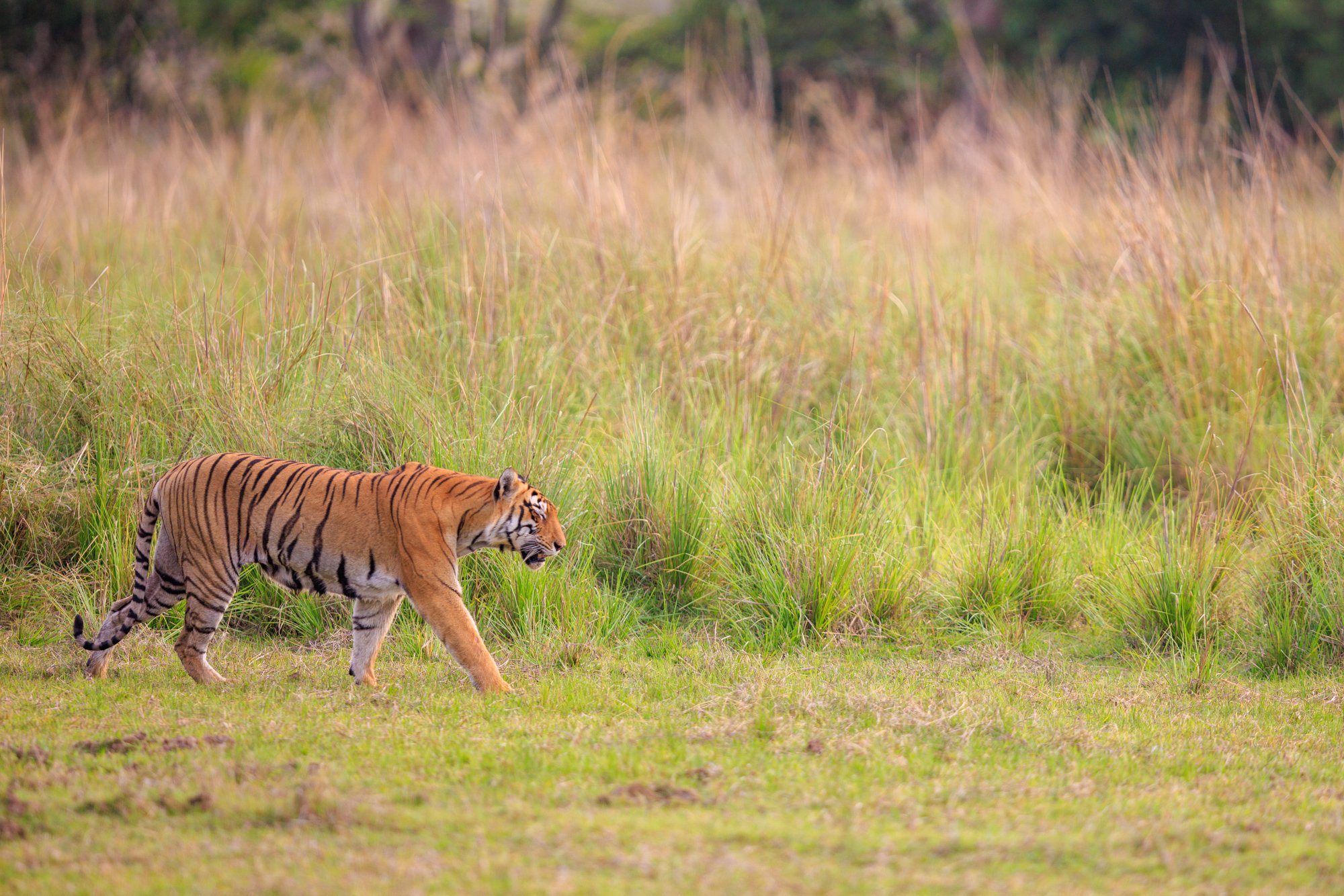
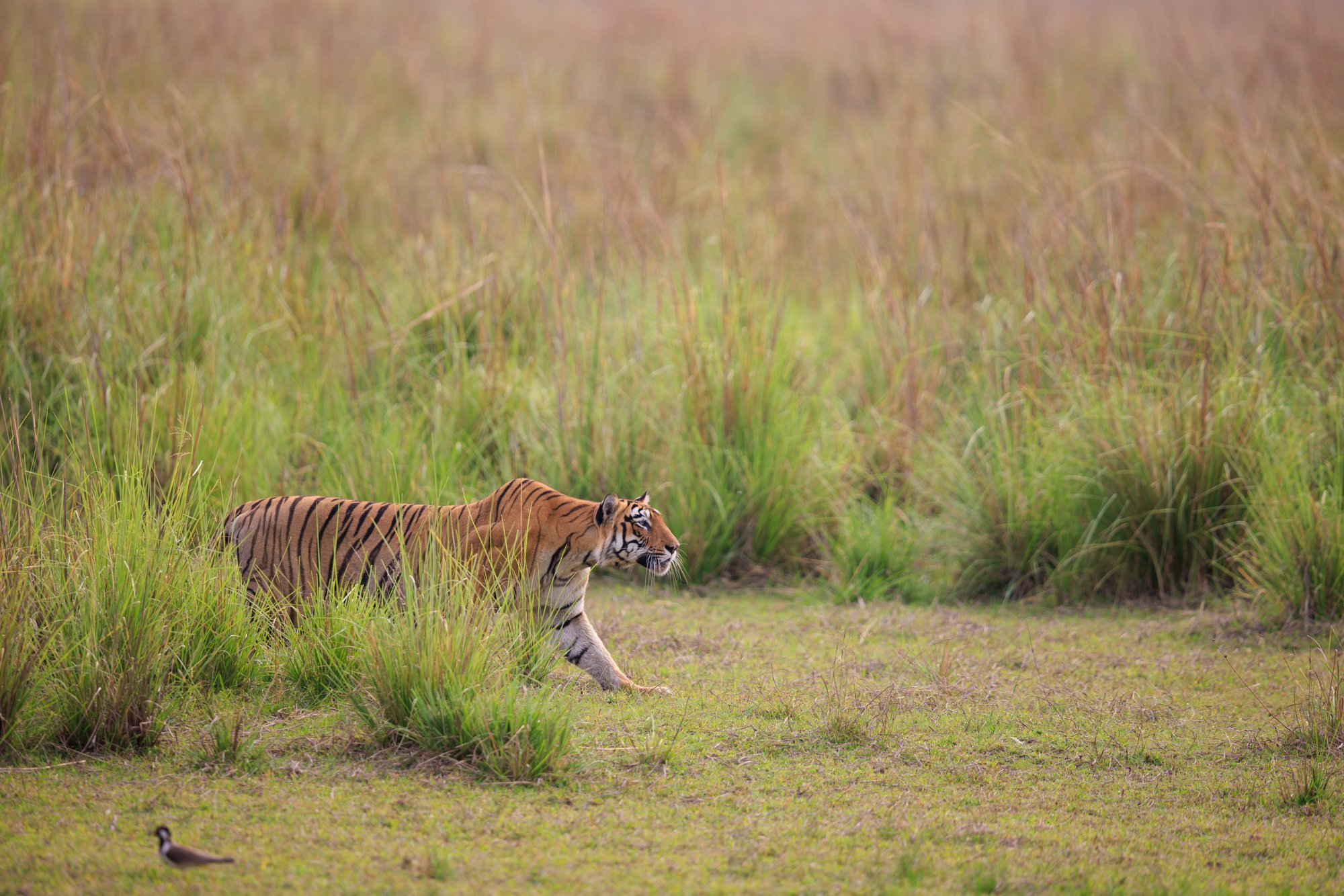
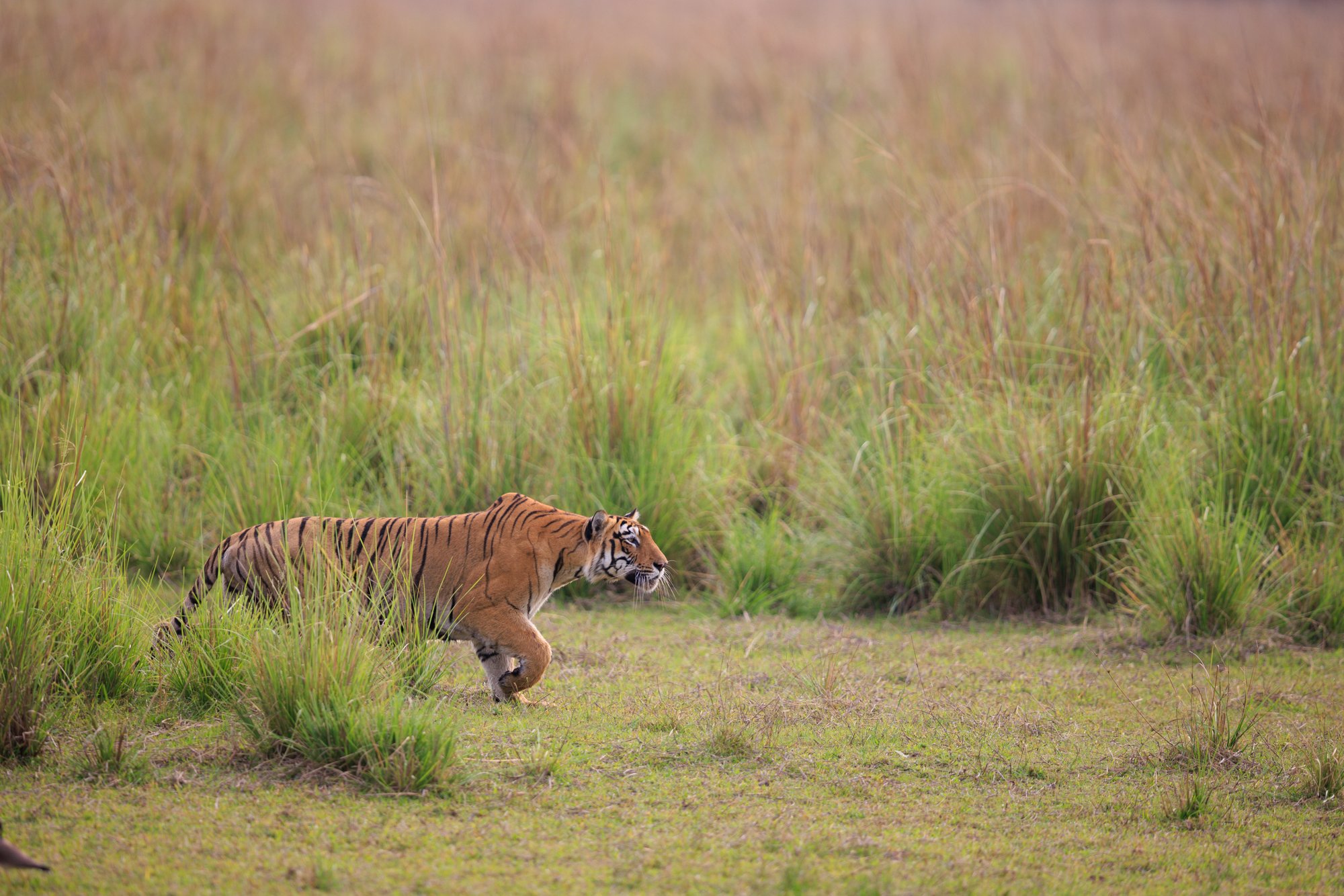
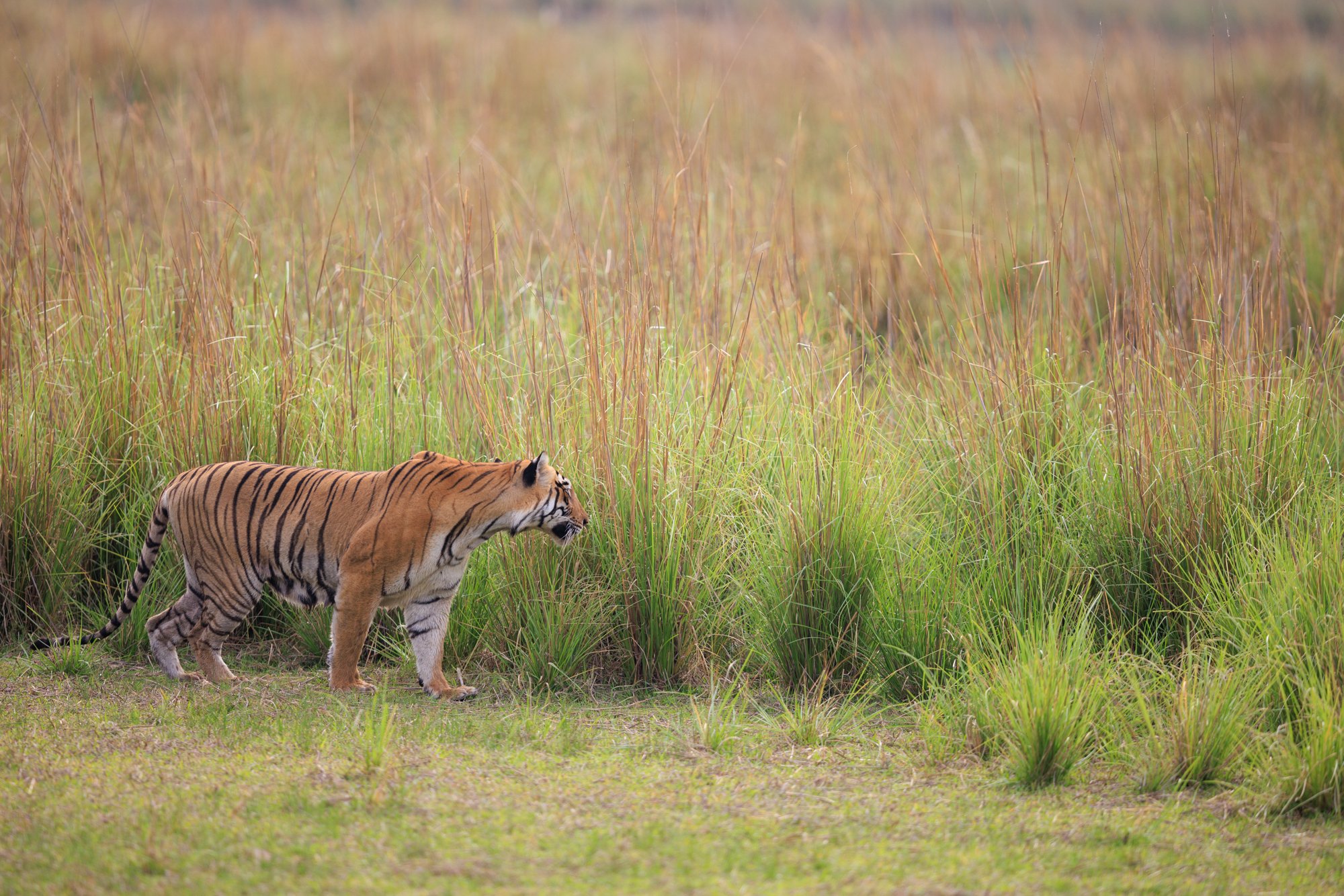
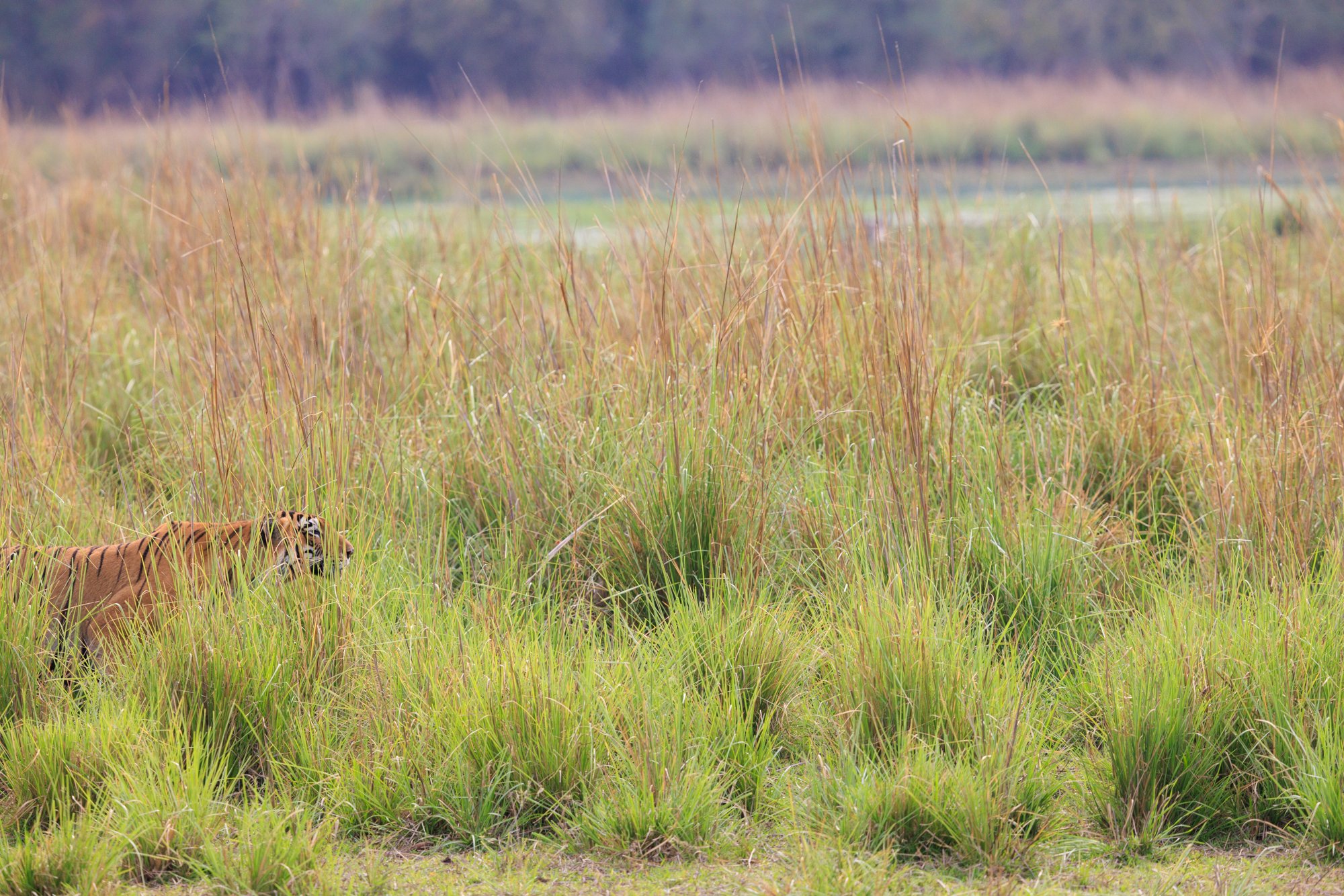
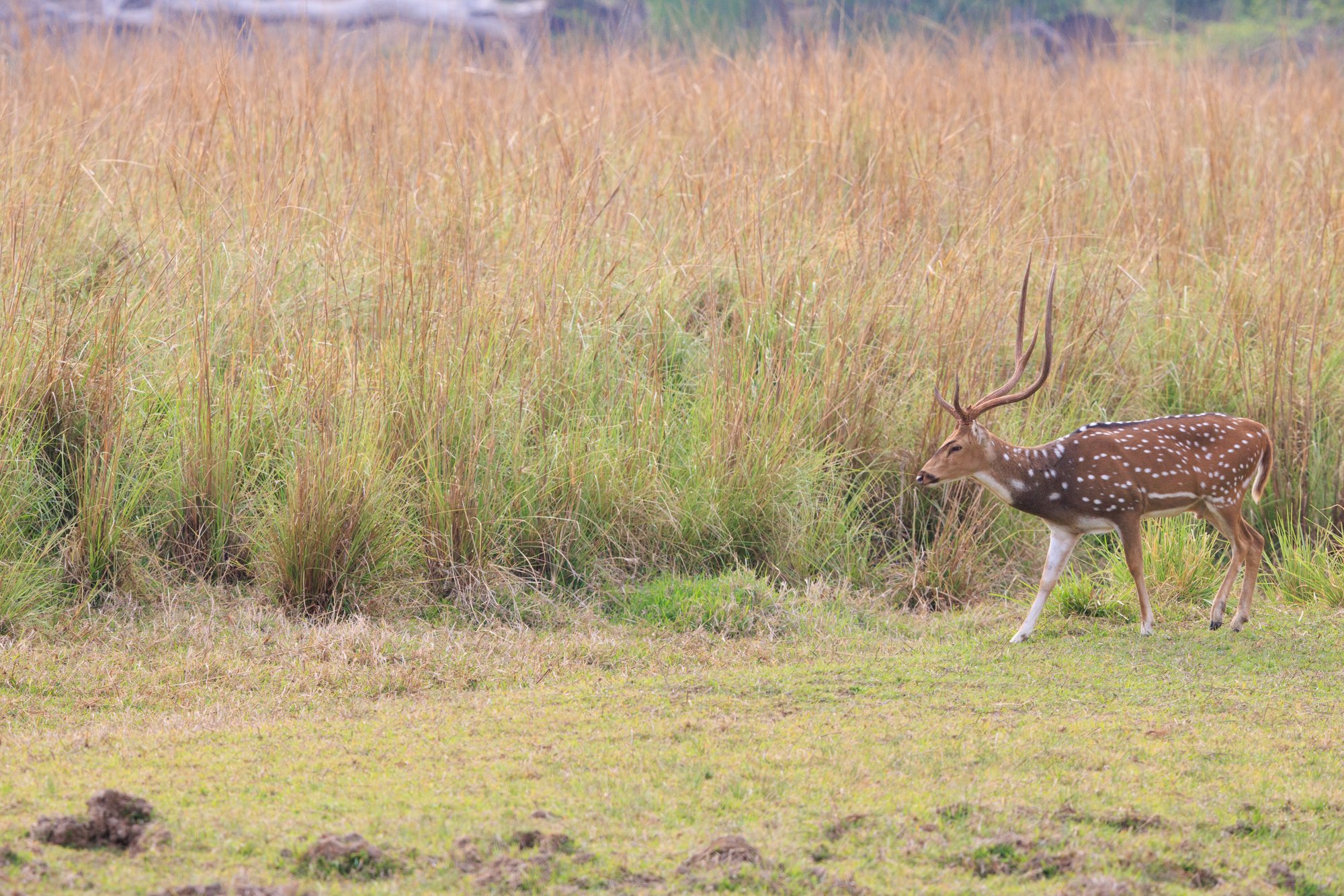


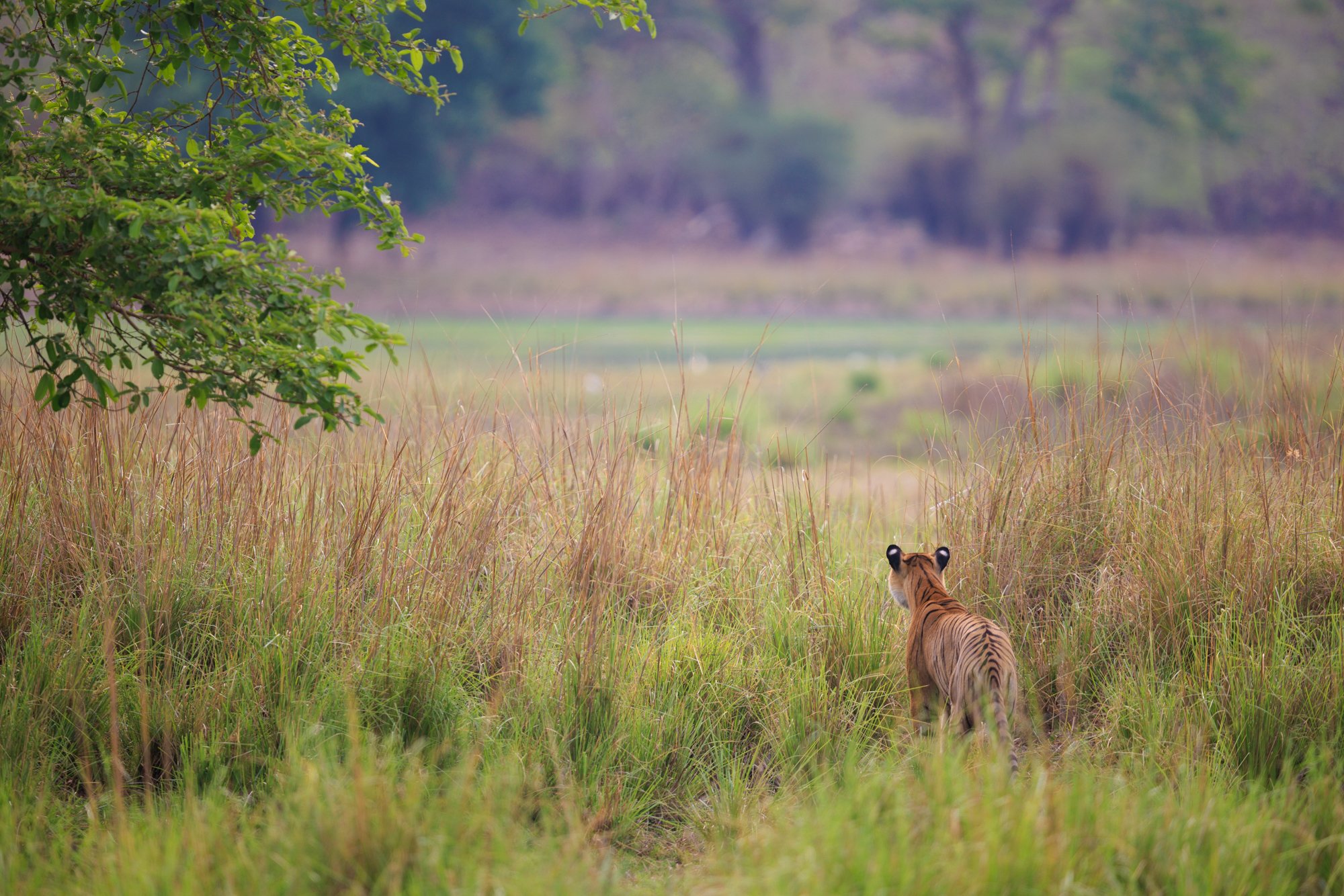
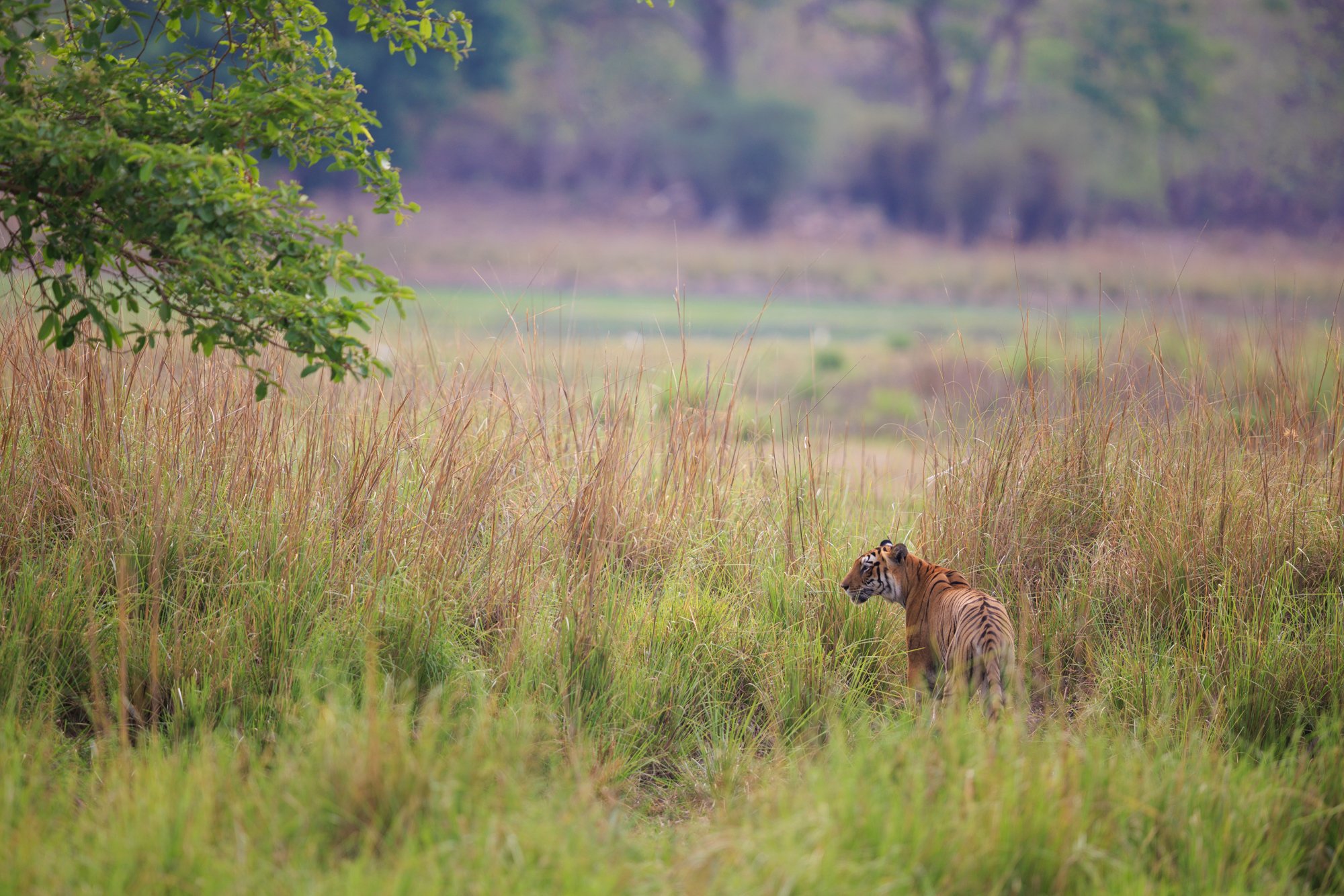
On a very hot day in May 2022, we ventured into the territory of the famous wild Tigress known as Maya. She was initially obscured by vegetation near a water body, but through the ripples in the water we could she was sitting on the bank. We waited and eventually she emerged and we correctly guessed the direction she would go resulting in a lovely encounter with who we can only describe as Tiger Royalty.
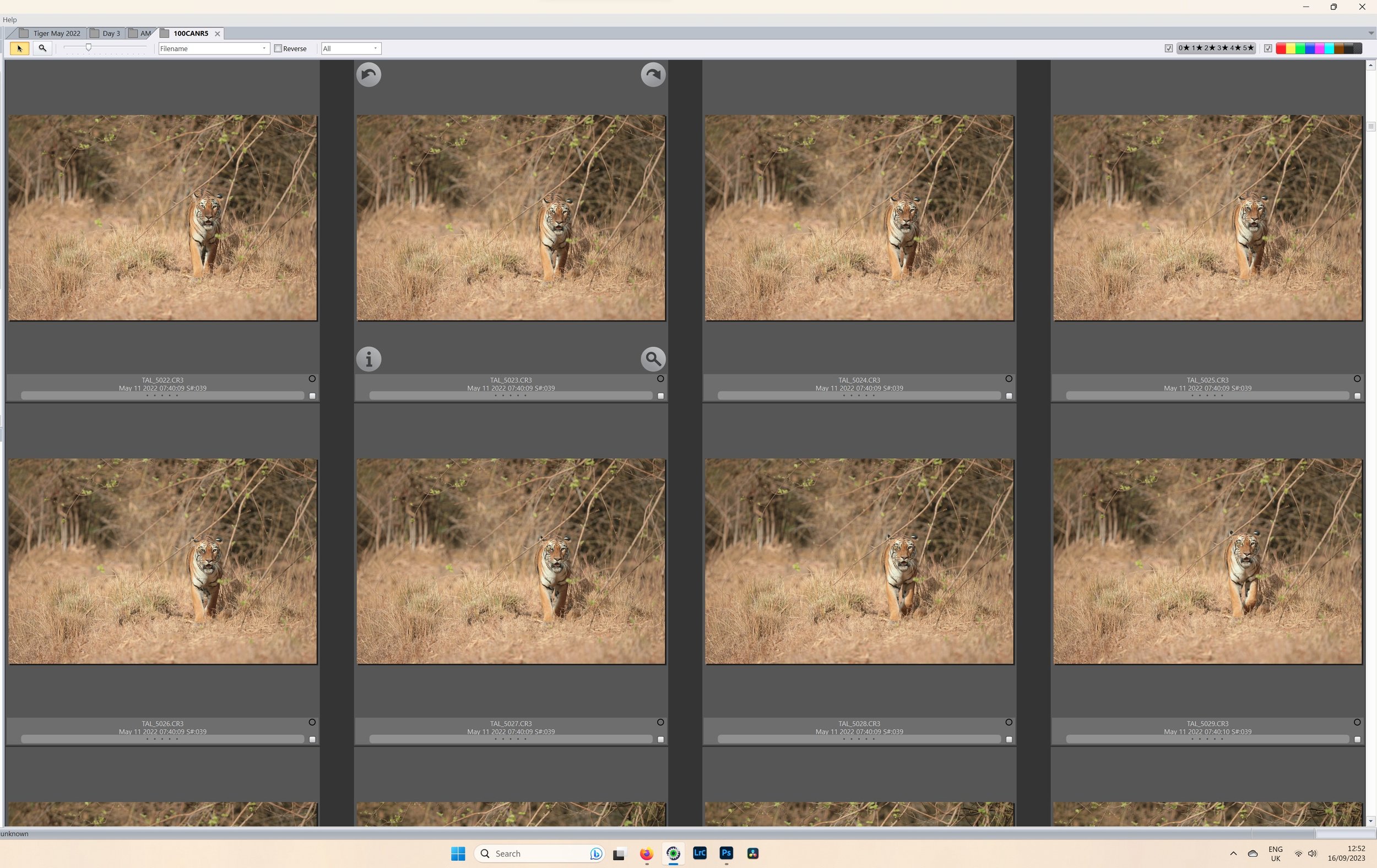





Tadoba Tiger Reserve, India, April, 2022 - the year of the Tiger, we grew to know of a huge wild tigress named Jharni at the reserve. So large, she had sometimes been mistaken for a male. After a couple of days of tracking, we finally found her deep in the thickets and she gave a brief but magical encounter…

Canon EOS R5, 800mm F5.6

Canon EOS R5, 800mm F5.6

Canon EOS R5, 50mm f1.8
10 -Red Deer Light
It was a beautiful morning and I could see the beautiful sun rays breaking through the tree. I just needed a willing subject and was fortunate a stag appeared at the right moment.

Canon EOS R5, 400mm f2.8 IS II L
9 - Little Owl Sunset
I spent a fair bit of time with this chap, and on one rare clear evening I was not dissapointed with the sunset.

Canon EOS R5, 12mm F4
8 - Little Owl Night
We had some lovely sunset skies over summer and I was fortunate to have willing subjects during this time.

Canon EOS R5, 70-200mm f2.8 IS II L
7 - Otter Hunter
My friend Kirsty was kind enough to take me to see her local Otters and they didn’t disappoint.

Canon EOS R5, 400mm f2.8 IS II L
6 - Battle Royal
To see stags fighting on a misty morning was simply epic.

Canon EOS R5, 400mm f2.8 IS II L
5 - Morning Call
I was lucky this stag appeared while the sun was rising.
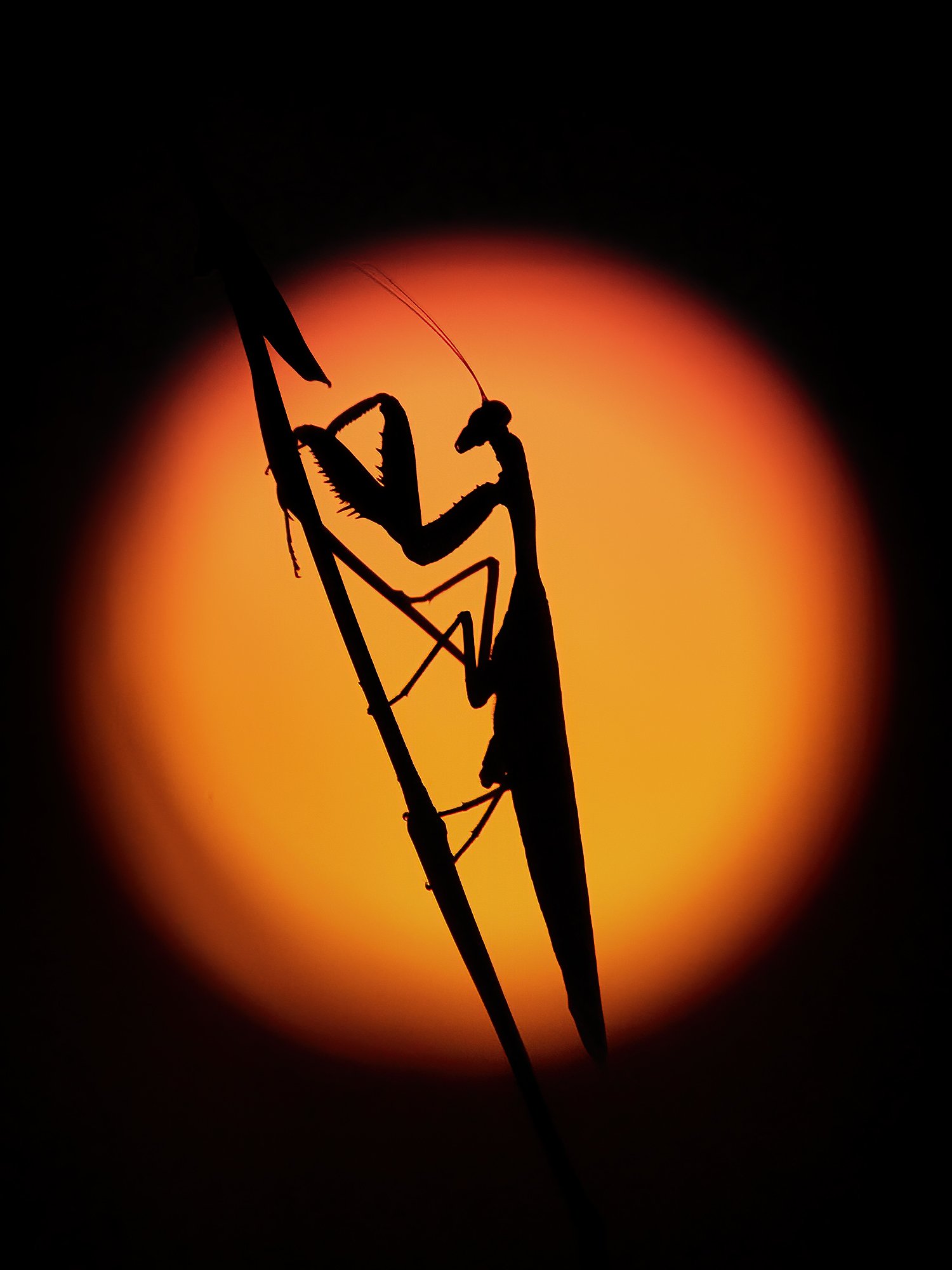
Canon EOS R5, 70-200mm f2.8 IS II L
4 - Mantis Moon
My good friend Arpit helped me to position the Mantis carefully against the blood moon.

Canon EOS R5, 400mm f2.8 IS II L
3 - Motherly Love
After my driest safari trip ever, we were fortunate to find this beautiful female and her cubs on our penultimate day.

Canon EOS R5, 400mm f2.8 IS II L
2 - Spirit of the Tiger
“To see the true essence and beauty of a Tiger, you have to see it in the wild” David Attenborough

Canon EOS R5, 400mm f2.8 IS II L
1 - The TIGER
To capture this image took a great combined effort from the driver, guide, my naturalist Arpit and some luck… but it was worth it, to capture a wild tigress in all her glory. My favourite moment in this year of the tiger.
Introduction.
These images of Wild Bengal Tigers were captured by Wildlife Photographer Tal Chohan. Tal has a passion to help conserve the Tiger for the benefit, enjoyment and education of future generations. Tigers, being on top of the food chain, are an umbrella species, meaning if we protect the tiger, we must also protect their habitat as well as all the other animals that exist in their shadow. This ultimately means by conserving the tiger, we are ensuring the future health of the planet for ourselves. Tiger numbers have been decimated, putting them on the brink. Threats include deforestation, poaching, human-animal conflict and emerging diseases such as canine distemper virus. These images were taken over the last ten years at Tadoba Andhari Tiger Reserve, India. Tal hopes to capture the true essence, and beauty and spirit of the Tiger through his lens in the hope to connect viewers to arguably the most charismatic of megafauna we have left.
We can all help tigers by educating ourselves and donating to charities such as Wild Cats Conservation Alliance - https://conservewildcats.org/
Some more of Tal’s work, including his short Tiger documentary can be found at www.tcwildlifephotography.com
Image 1

‘Babbli’
This is a Tigress known as ‘Babli’ who has a territory in the north of the reserve. It was a beautiful morning and it too a lot of skill from our forestry guides to track her. We were fortunate to see her emerging through the bamboo forest and into a small sun-lit patch of forest. This image demonstrates the typical size a Bengal tiger can reach, being 90-120cm at the shoulder.
Image 2
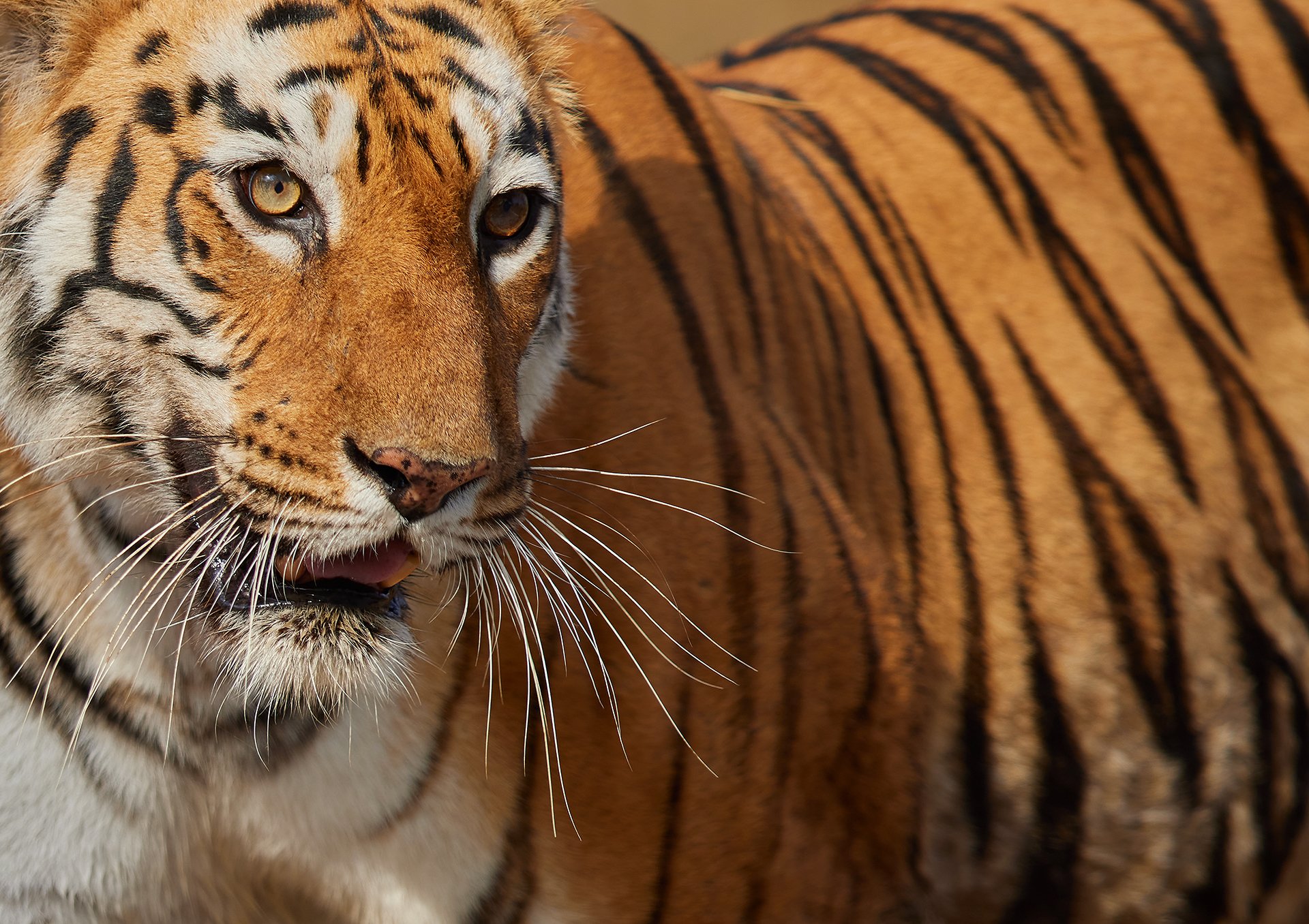
Maya T12
Tigers in India are given arbitrary T -Number by the forestry commission, with local guides giving a few some names. Maya is the star tigress of Tadoba Andhari Tiger reserve, India. A very bold and beautiful tigress that has controlled a prime prey filled territory for a number of years. Due to her popularity, it is estimated that alone she brings in around £1 million worth of revenue to the park, which helps to protect the wildlife, relocate villages within the park, expand the park, create corridors to other parks and create jobs for local villagers who in turn protect the forest.
Image 3

Maya and Meera
Maya in Hindi translates to ‘illusion’. However she is anything but an illusion, being a very bold cat, she regularly brings her cubs out in front of stunned safari-goers. Here, Maya was teaching her cub to hunt, by indulging in a game of ‘tig and tag’ (pun intended!). Cubs learn from their mother before moving on to find their own territories. Females typically occupy a home range of around 20 square km.
Image 4

Matkasur
This huge male was once the dominant force of Tadoba Tiger Reserve, occupying a territory of around 100 square kilometres, and on this day in August 2016, where the temperature reached nearly 50 degrees Celsius, and the terrain was very dry. We observed him walking on the jungle tracks to patrol and mark his territory. Tigers like to walk on the sandy roads created by forestry and tourist jeeps as they are kinder to their soft paw pads. It is also a dominant behaviour trait being out in the open.
Image 5

Junabai and her fans
By contrast to the previous image, this image was taken after the monsoon season, and we can see that the forest completely regenerates into a lush green jungle. We can see a typical tourist eyes view, with jeeps and tigers. Ethical and sustainable tourism plays an important role in protecting the tiger, by warding off poachers, and providing an income for the park and villages that surround the tiger reserves. To see a Tiger in the wild is indescribable.
Image 6

Chota Matka
If Maya is the queen of Tadoba, then surely Chota Matka is the king. A huge beautiful blue eyed male tiger that loves spending time in water. In summer seasons when the temperature can exceed 40 degrees tigers are often found in water during the heat of the day. Their discomfort in extreme heat may suggests tigers may have evolved in colder climates such as Siberia, and there is fossil evidence to back this.
Image 7

Chota Matka Scars
Life in the wild is not easy, and male tigers need to establish and guard territories that house plenty of prey, water and breeding females. We came across Chota Matka in May 2022 and discovered huge scars, as well as having a portion of his lip being ripped out by a rival male.
Image 8
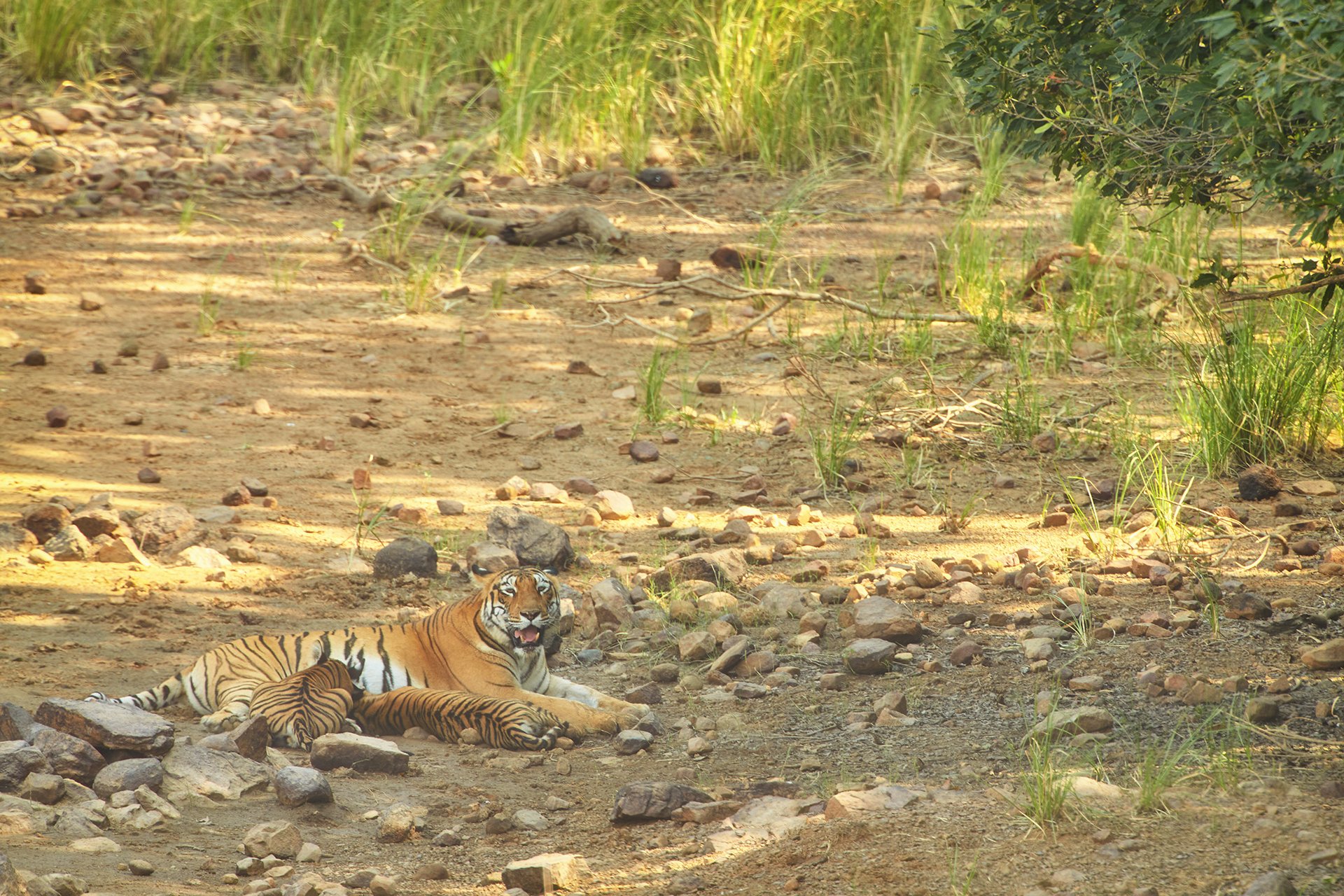
Choti Tara and cubs
This mother is known as Choti Tara, which translates to ‘Little Star’. Tigresses typically litter around three cubs, but more have been documented. The mothers keep the cubs under cover and occasionally move them to a new den site should they detect any danger. However on this day the cubs were out in the open for twenty minutes, playing with sticks and stones as well as jumping on mums back while she was trying to rest. Eventually they settled down for a feed, and a long cat-nap!
Image 9

Wagdoh (Scarface male), Sharmili and cub
Nature is seldom an exact science. We have typically thought that tigers are solitary and play no part in the upbringing of cubs, but this huge male was an exception. Scarface or Wagdoh was known to spend time with his cubs throughout his reign, and here he is seen with a Tigress known as Sharmili (meaning shy in Hindi). She was only comfortable coming out in the open in the presence of Scarface.
Image 10

Choti Tara on the hunt
Here we can see the beautiful ear spots of Choti Tara, as she watch’s a stag in the distance. The ear spots are used to communicate to cubs, and also act as a deterrent to animals that may prey on cubs. There is a video sequence of her stalking the stag, and in that we can see how tigers can disappear using their camouflage. The video link is at the end.
Image 11

Sonam and the purpose of the tiger.
Here we have tigress Sonam, walking along the banks of Telia lake, with her beautiful markings. If we protect the tiger, we protect the forests, which act as water sheds, delivering water to the poorest of the poor. Conservation of the tiger isn’t just about tigers, it’s about the conservation of all other species they share the forest with, the forests themselves and ultimately as a result, ourselves.
When I saw this scene unfolding, I saw the value in creating this photograph, as the tigers stripes are mirrored by the trees in the lake, connecting the tiger, the forest and water.
Concluding comments from Tal Chohan
Good zoos such as Shepreth Wildlife Park, play a vital role in terms of raising awareness of the plight of the tiger, providing education and interactive experiences with the big cat. We can all play our part too by living sustainably, visiting tigers at good zoos and perhaps even going to see them in the wild. Conservation groups such as wildcats conservation alliance play a huge role in monitoring populations, providing training to rangers and helping to fund anti-poaching patrols in areas where tigers are on the brink. Please do visit their website and donate.
https://conservewildcats.org/
A short documentary video is below.







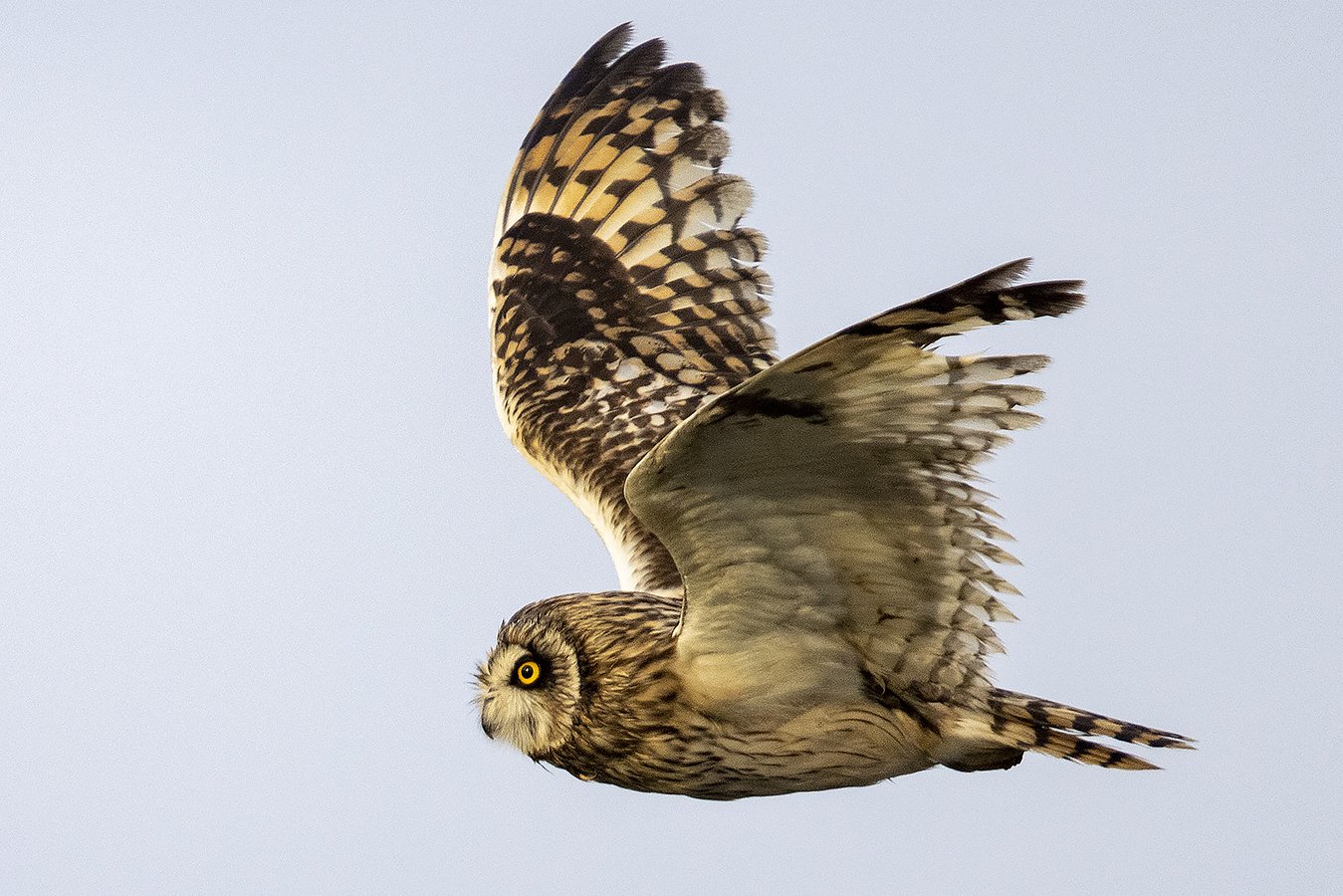

Happy to be featured on a National Lottery project on Happy Places

(Image: Tom Oldham / SWNS)
Enjoyed a great week at Bempton Cliffs…. more images to follow….


Introduction.
I upgraded to the Canon R6 from the 1DX last year and found that the original 400mm f2.8 would not keep up with action, no matter what autofocus settings were utilised. It was like the camera was thinking faster than the lens could react, especially with eye detect. So I rented the mk ii lens over a weekend and thought I would share my experiences. This won’t be a full gear review/comparison/sharpness test etc. - there are plenty of those out there, more of snapshot of my personal experiences with what I shoot, and how I shoot which will hopefully be of interest.
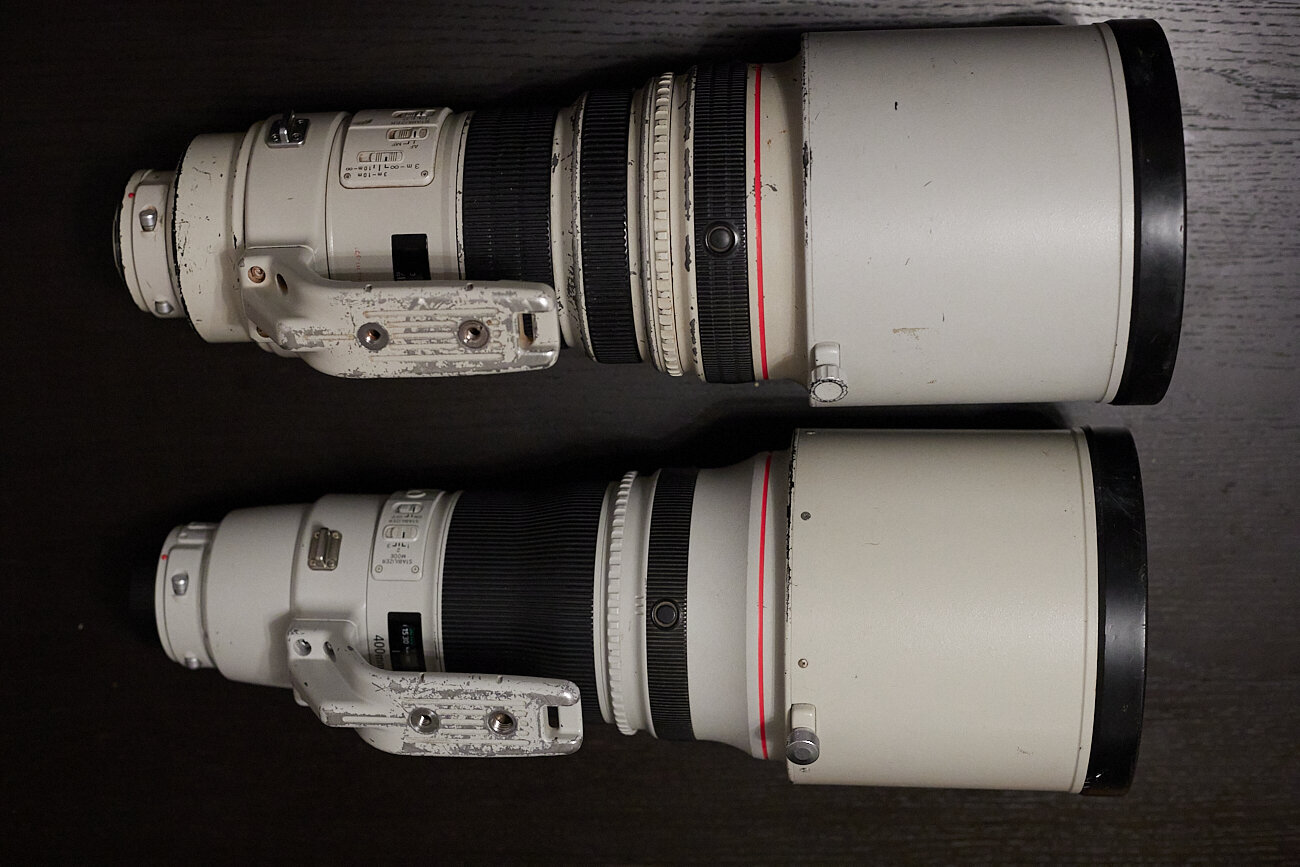
Mk I above Mk II below
Why use a 400mm f2.8?
Simply… the beautiful background diffusion, which gives images a painterly look, and depth by having the subject beautifully sharp and turning the background into an impression. To me its not a sports lens, but an artists lens. Other features include good sharpness, contrast, IS, build etc. You can create beautiful wildscapes with the 400mm f2.8 if you give the subject some space. Oh and you can cancel Gym membership and just train with the Mk I lens - it weighs 5.5kg! Move over Arnie.

Canon R6, 400mm f2.8 IS L II, beanbag.
Weight and Balance
The Mk II is almost 2kg lighter and better balanced, while the Mk I is over 5kg and front heavy, so handholding is much easier. I’m not one for tripods as I need total freedom to compose.
Buttons
It took a while to get used to the new layout, as the focus limiter switches have moved to the back of the lens, but this is better as I often accidently switched these on/off with the old format.

Minimum Focusing
Minimum focusing has only improved by 30cm more in the Mk II, but very useful and noticeable.

Image stabilisation
The mode 3 stabilisation on the newer lens is a godsend, as with the Mk I lens it is always engaged with the R6, draining battery and making noise. Mode 3 activates stabilisation only during the exposure which works for me!
The extra stop of stabilisation, coupled with IBIS is a help too.
Image Quality
The detailed resolved by the Mk II over the Mk I is very noticeable, at 100% which is fantastic. Colours and contrast as well as managing flare is also much improved.
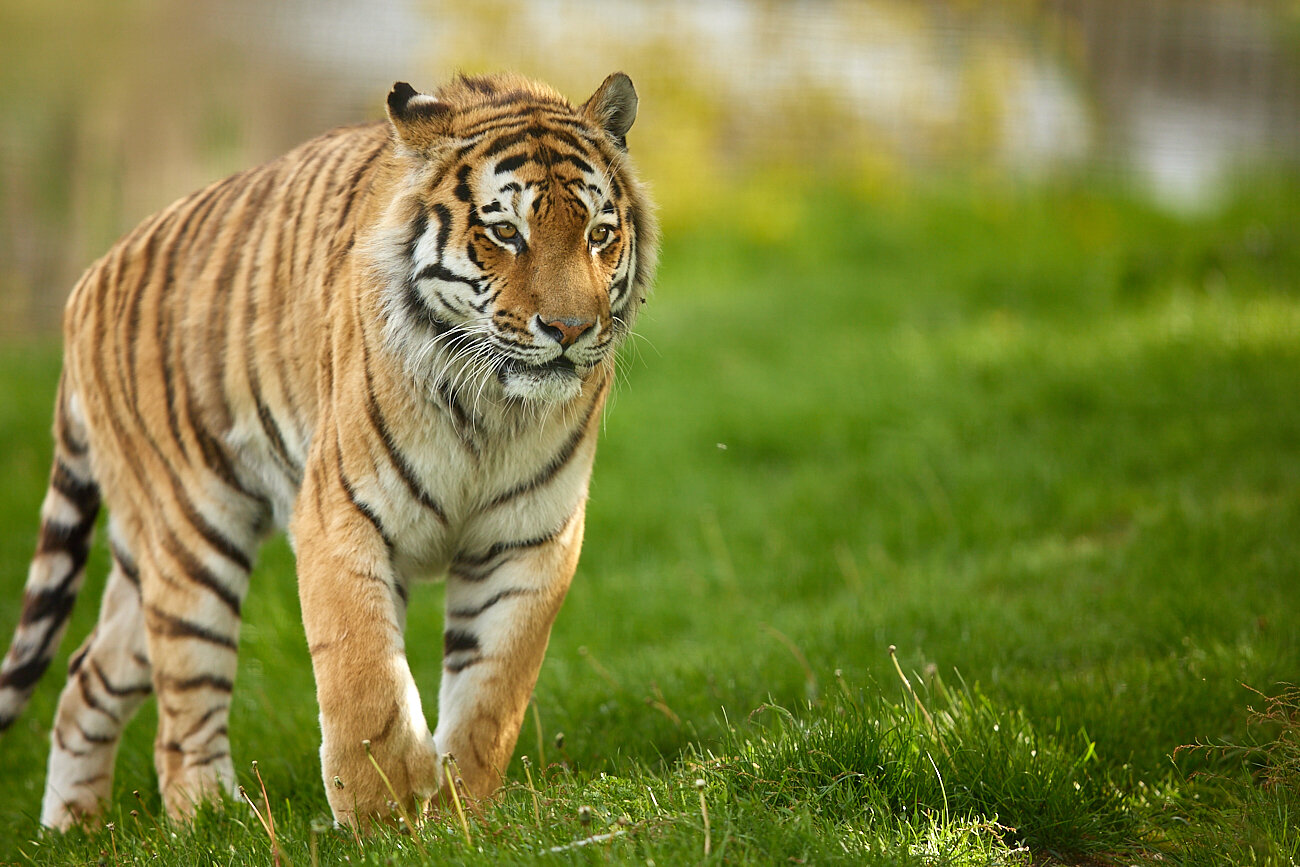

Autofocus with action photography
In all cases the lens returned a very high hit rate with all my subjects, almost between 70/90% using eye detect at 20fps. Exactly what I had hoped for.

R6, eye detect, 1/4000th sec, 400mm f2.8 IS II

R6, eye detect, 1/4000th sec, 400mm f2.8 IS II

R6, eye detect, 1/4000th sec, 400mm f2.8 IS II
Extenders
I actually tried the mk iii extender too (I currently own the mk ii) and it focuses faster and provides very useable results wide open giving me a great 800mm f5.6.
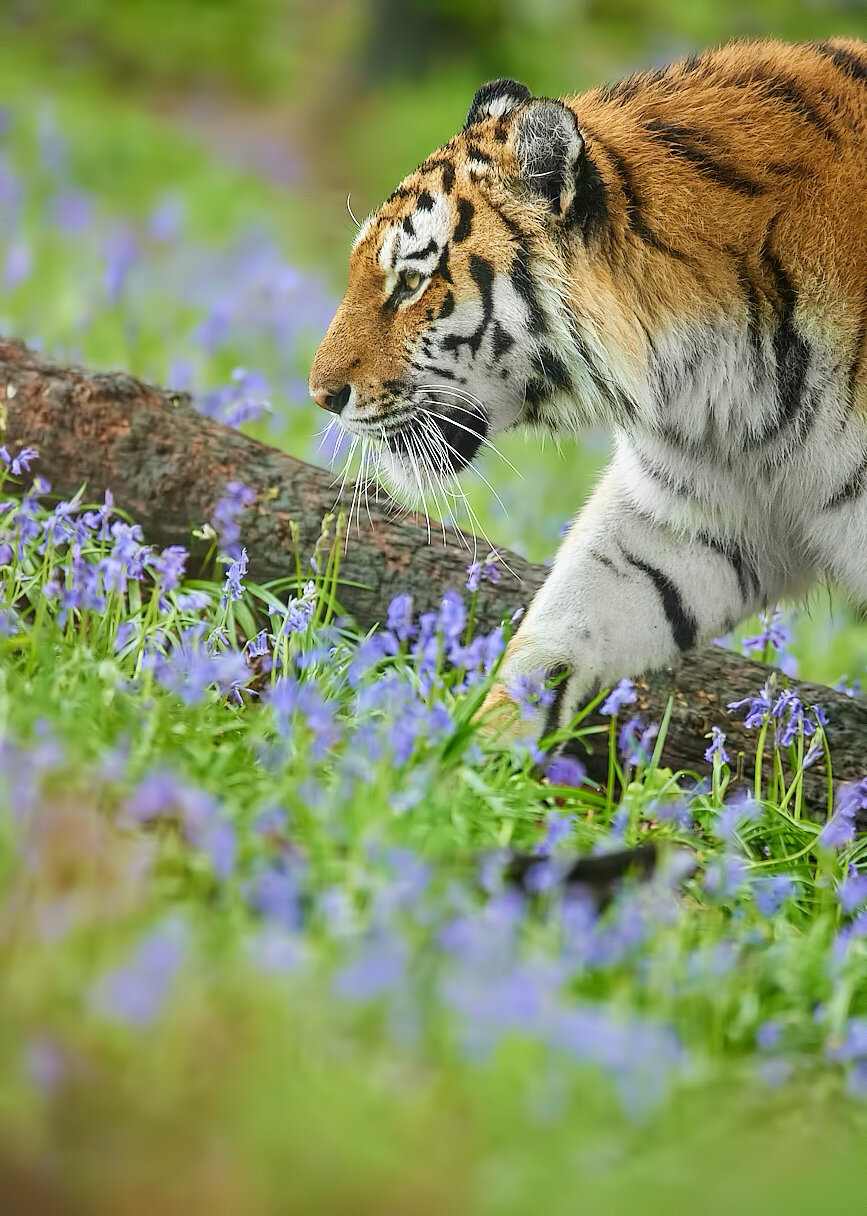
Canon R6, 400mm f2.8 L IS II with 2x iii giving a beautiful 800mm f5.6.
Conclusion
A worthy long term investment.
What next
Tigers… 2027
Did someone say 400mm f2.8 L IS II and R5…
SOLD!
400mm f2.8 IS II Example images




